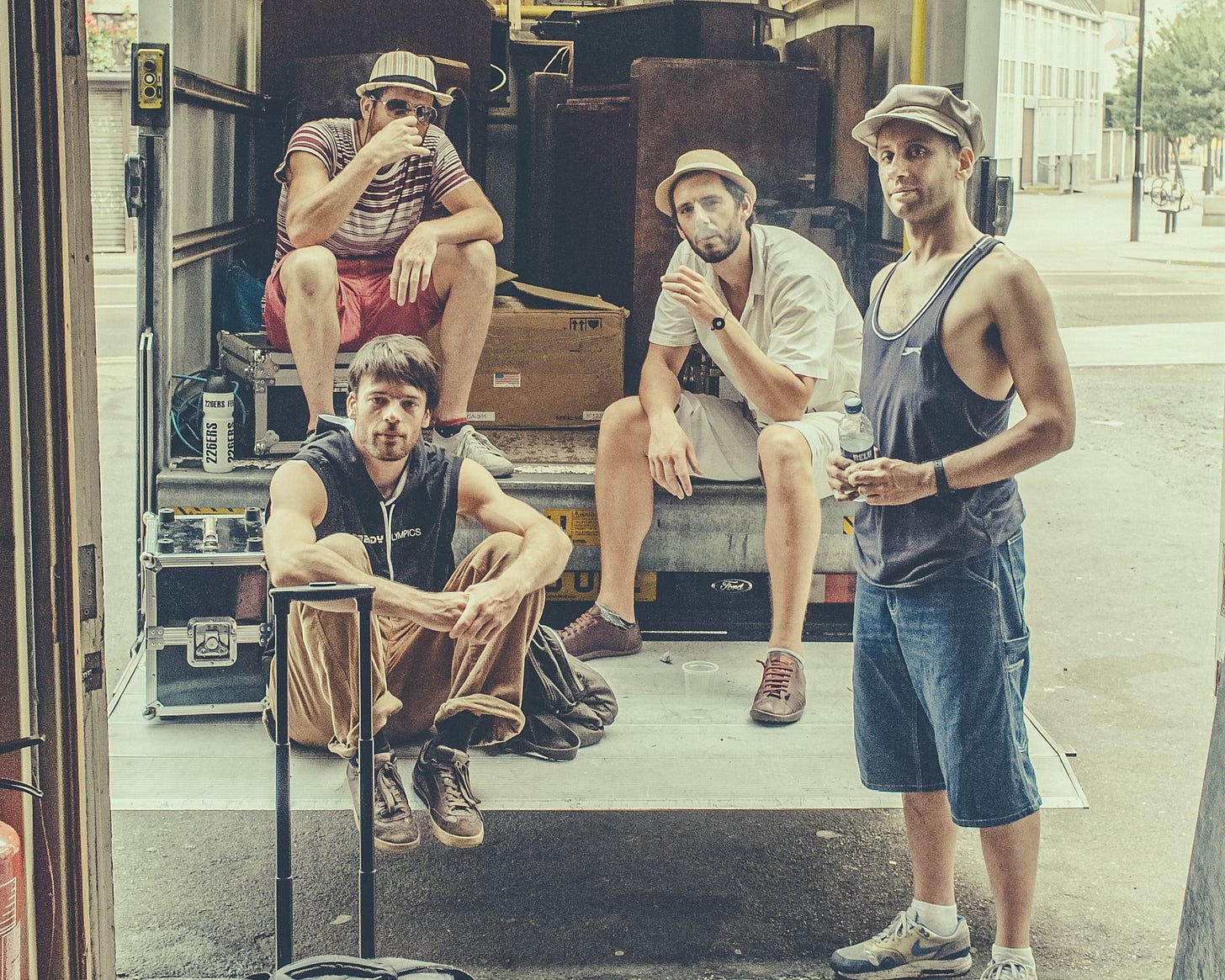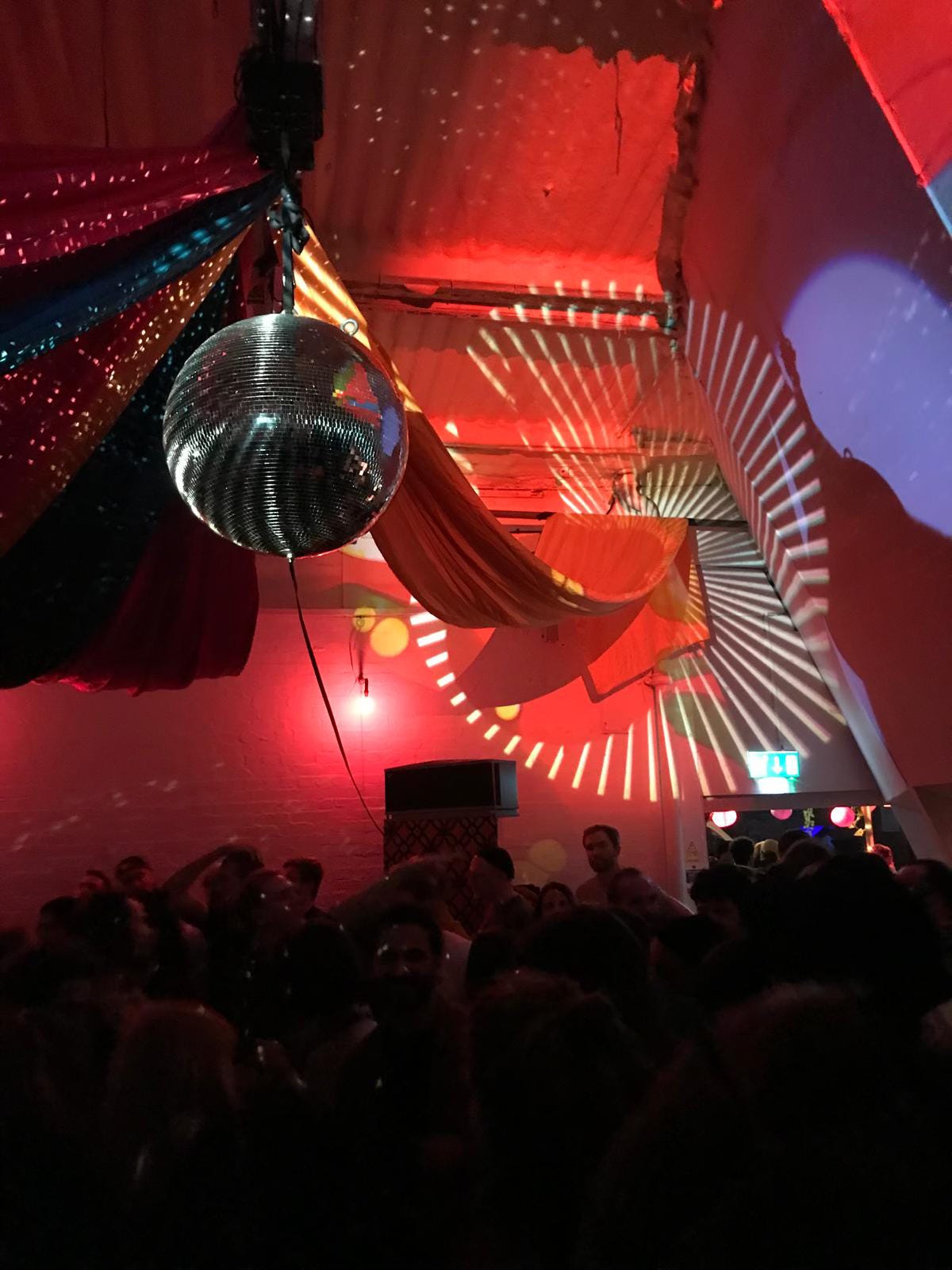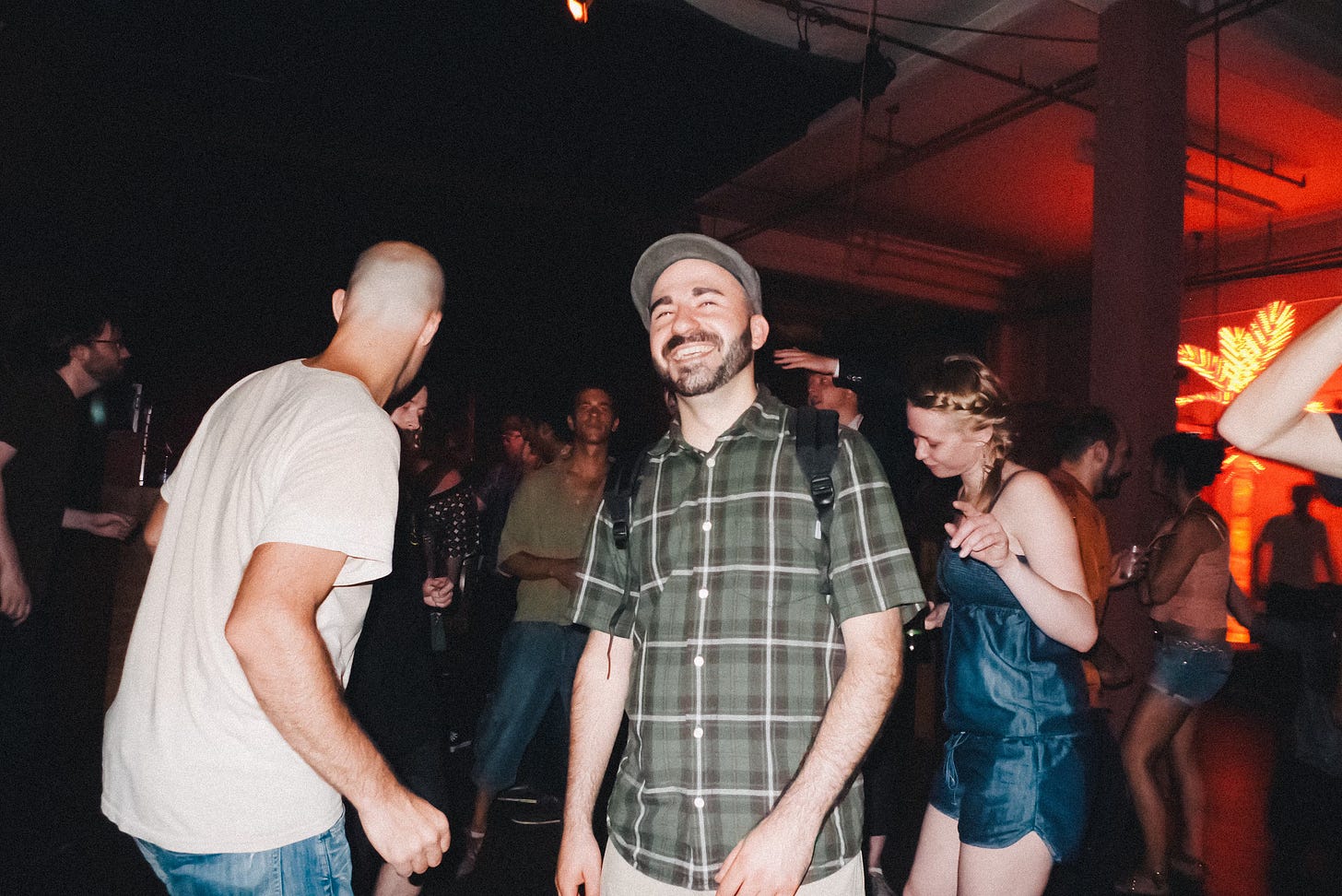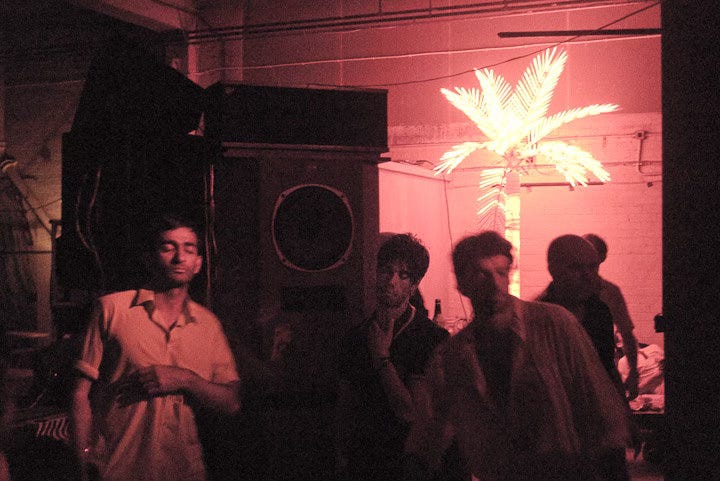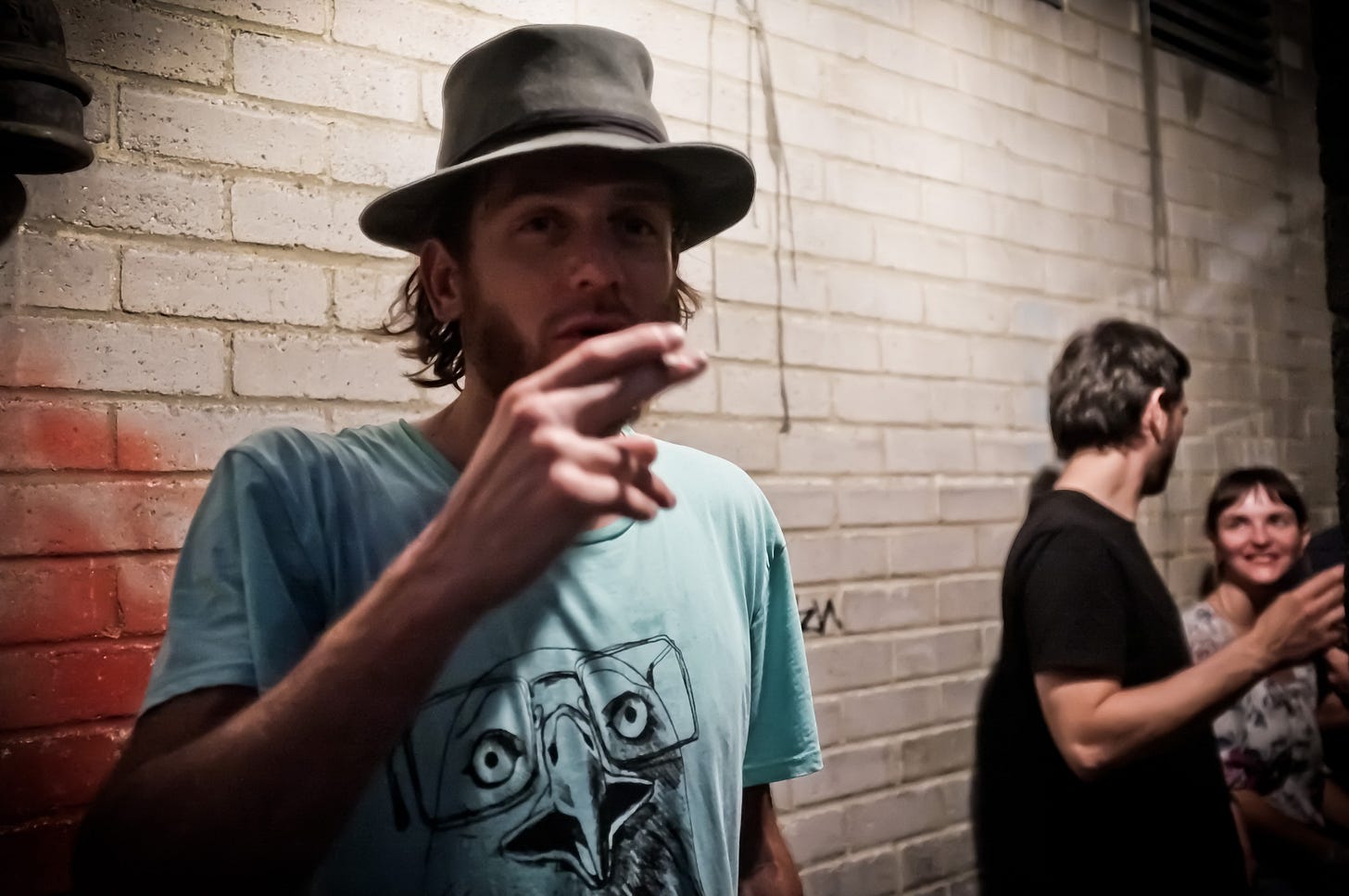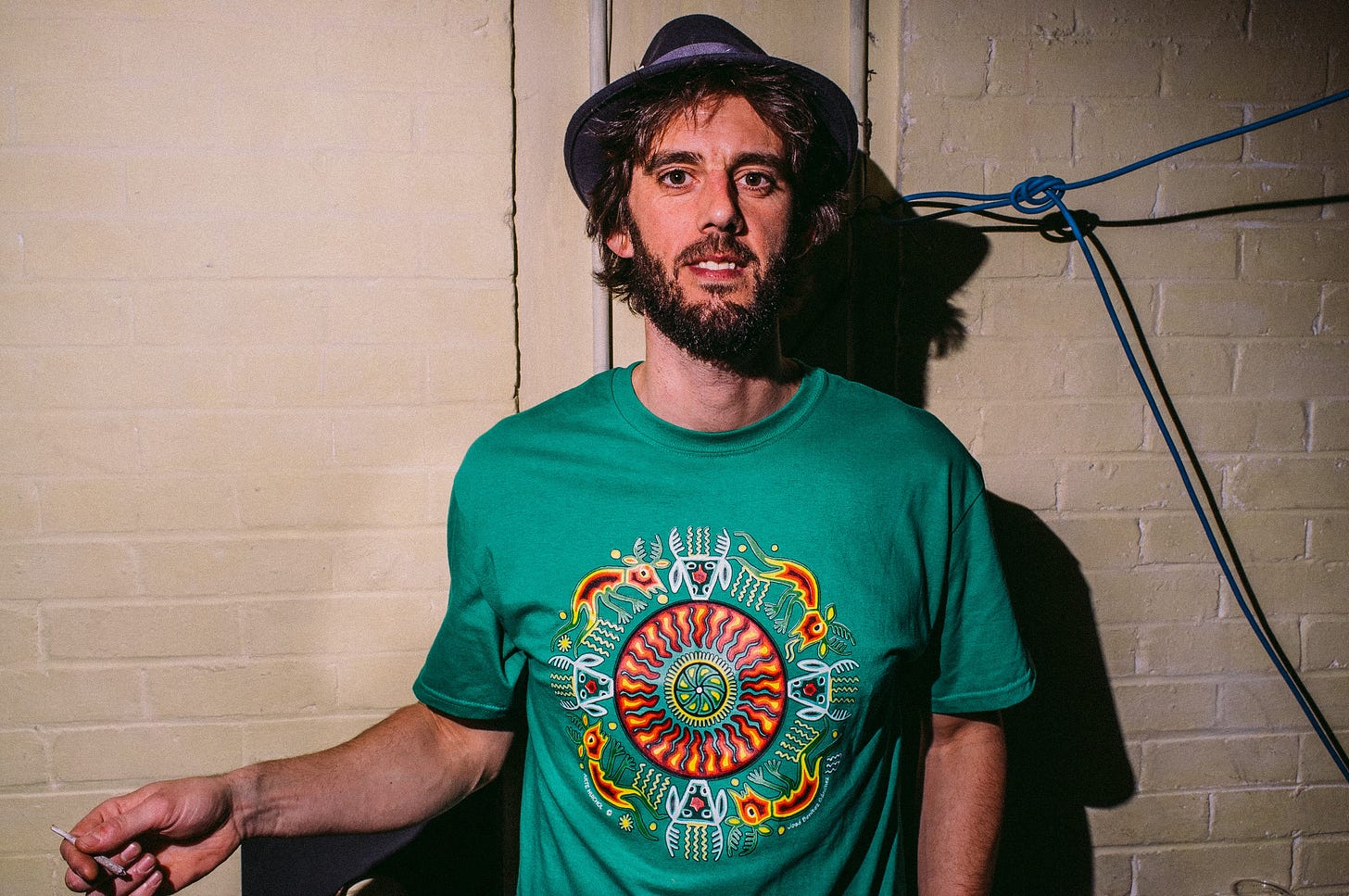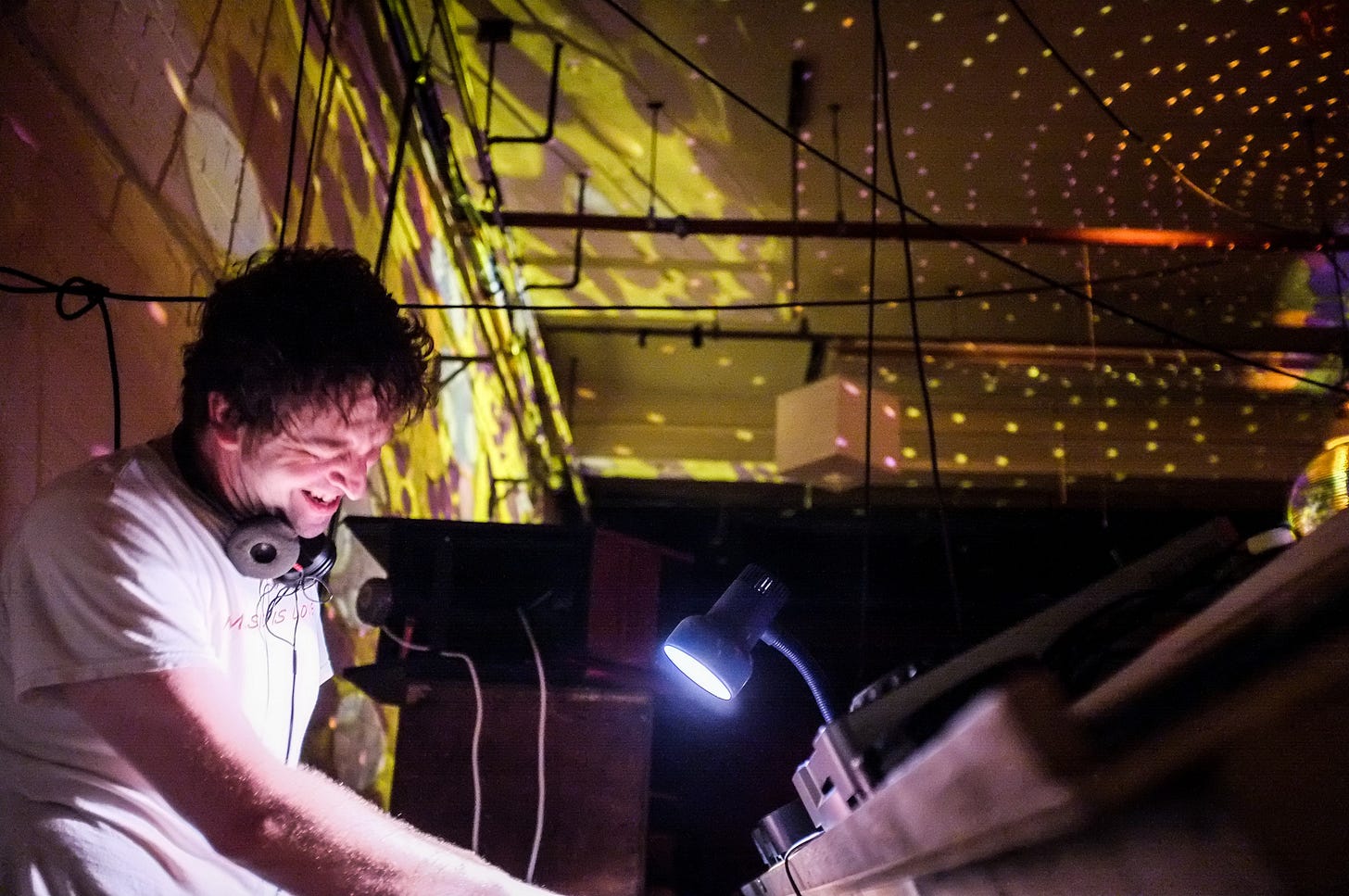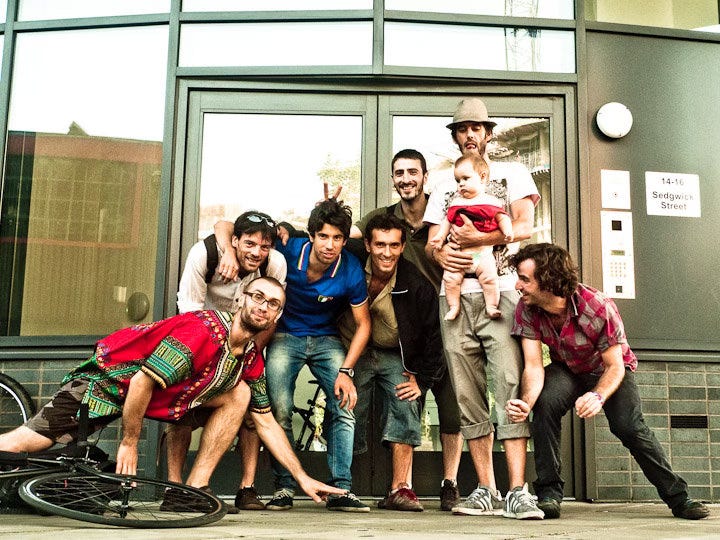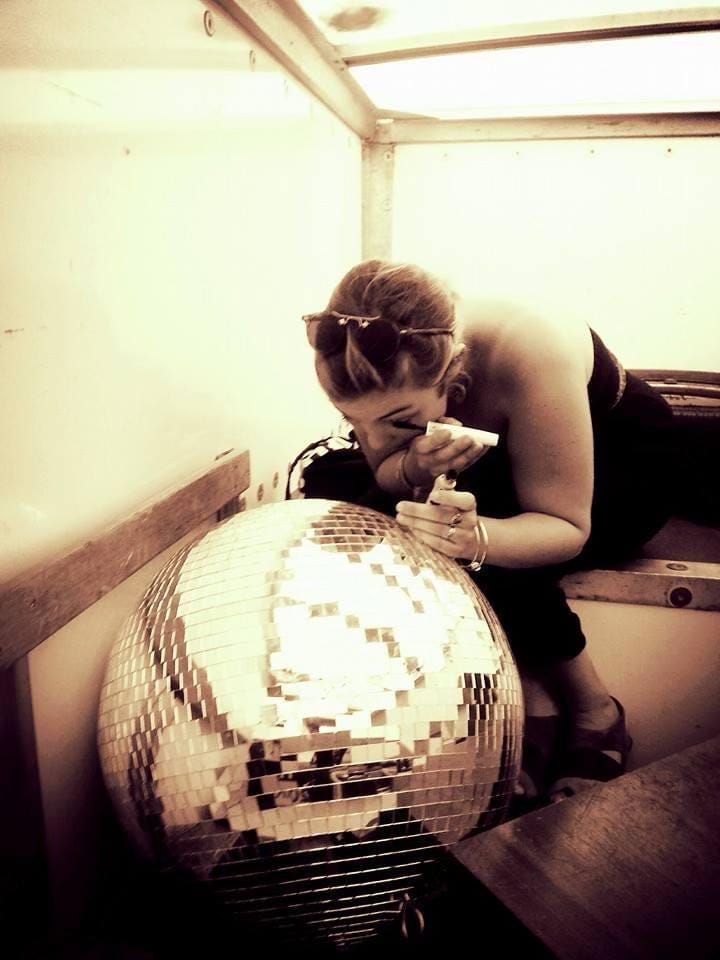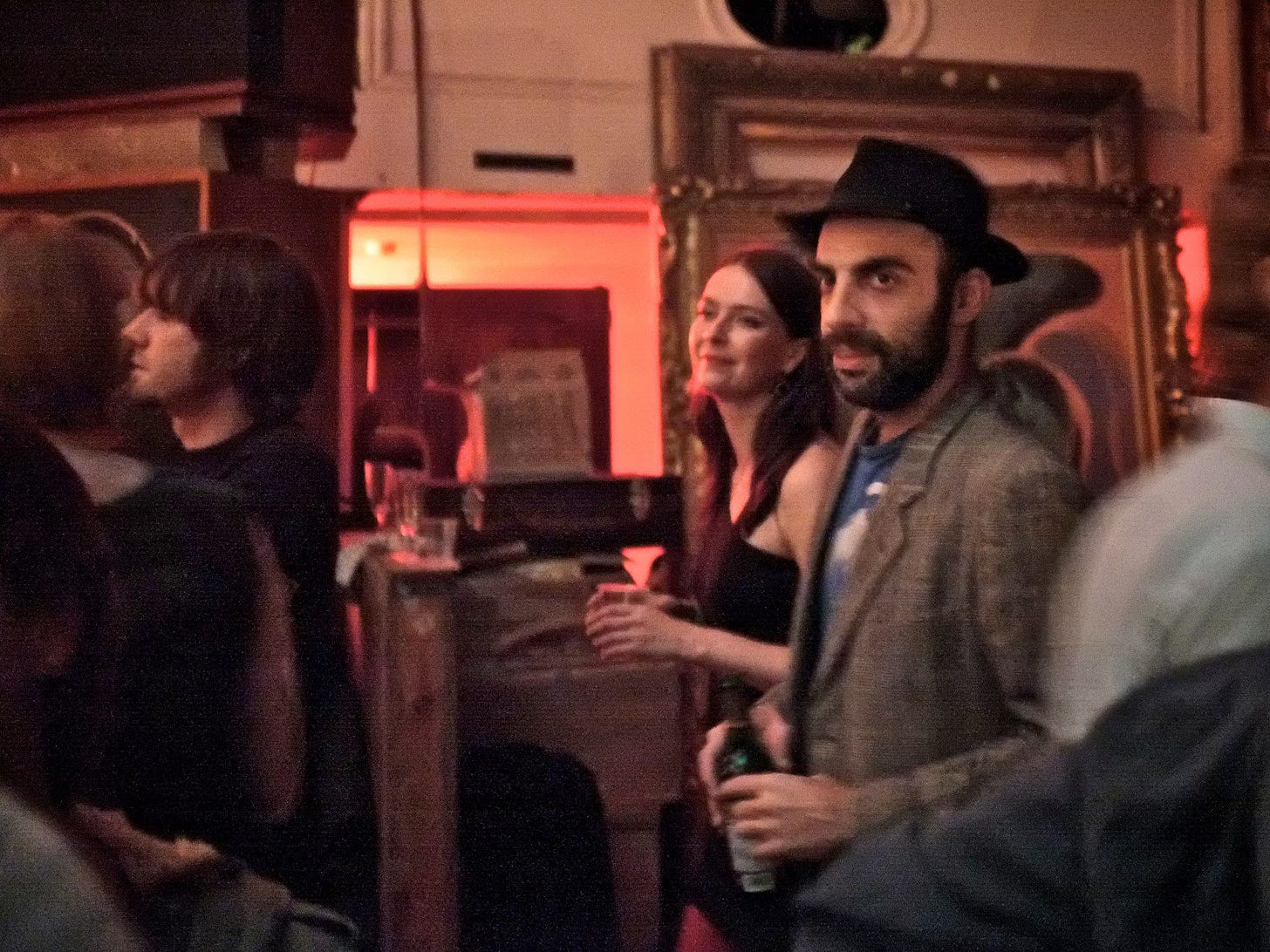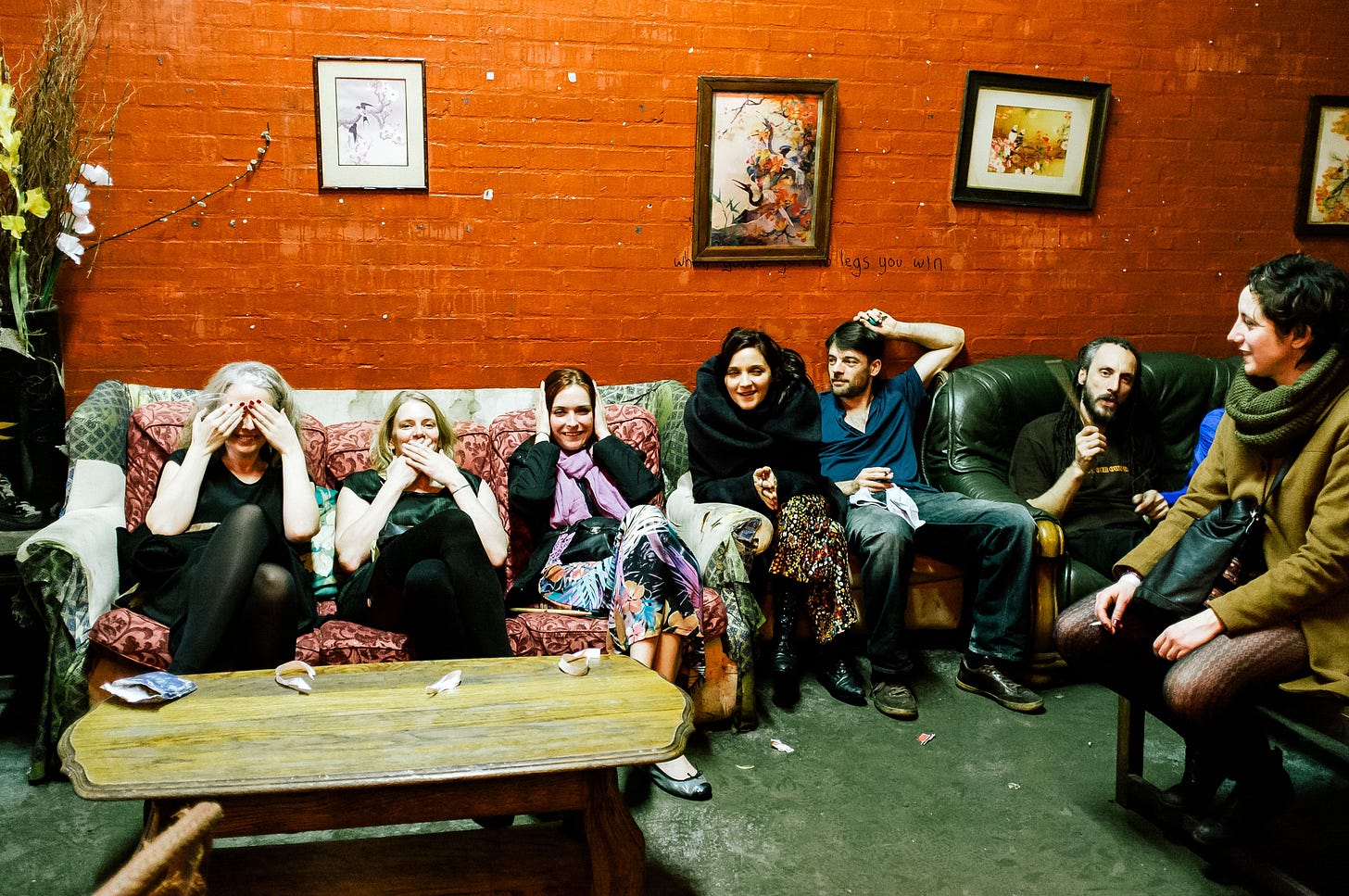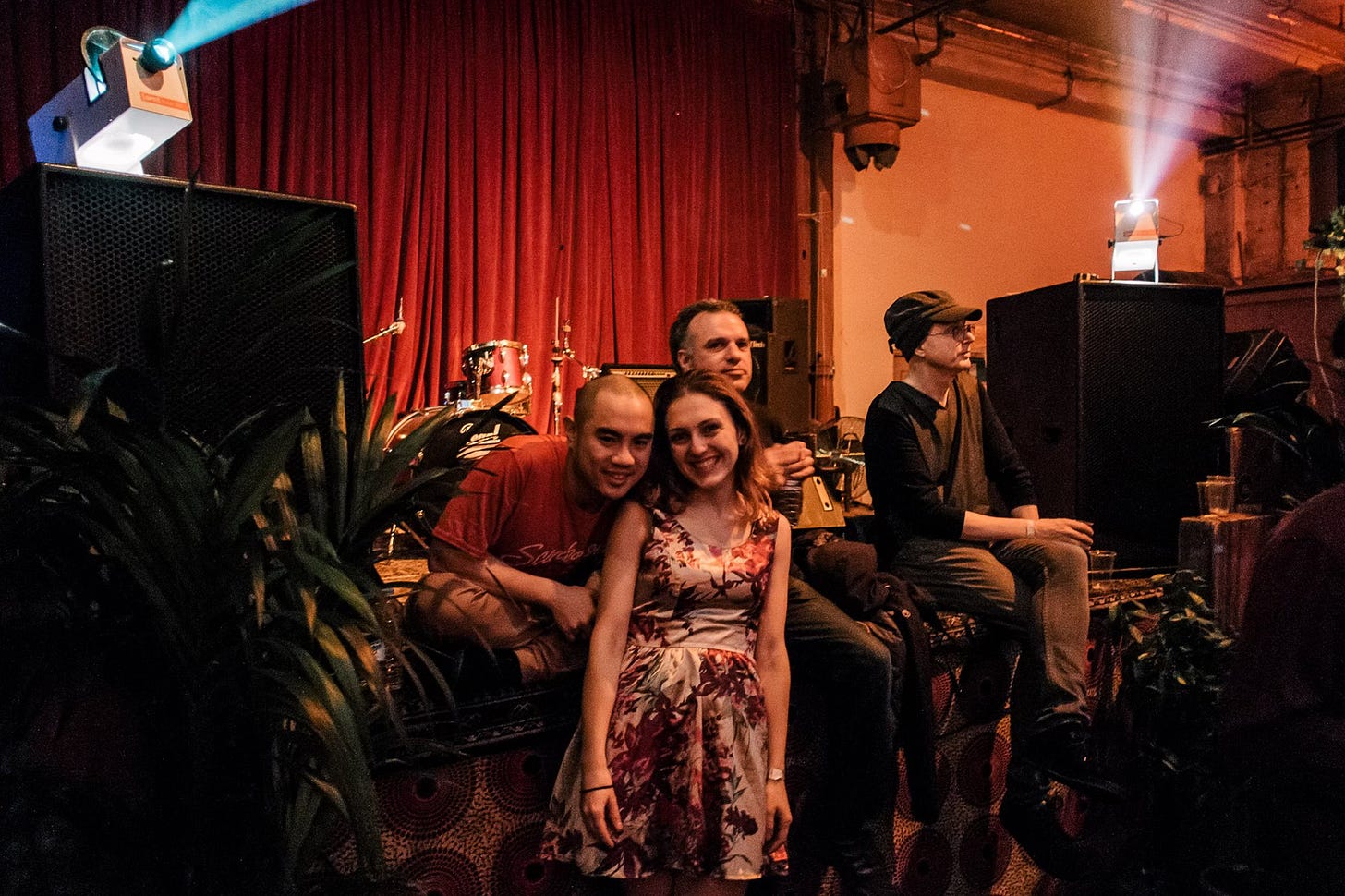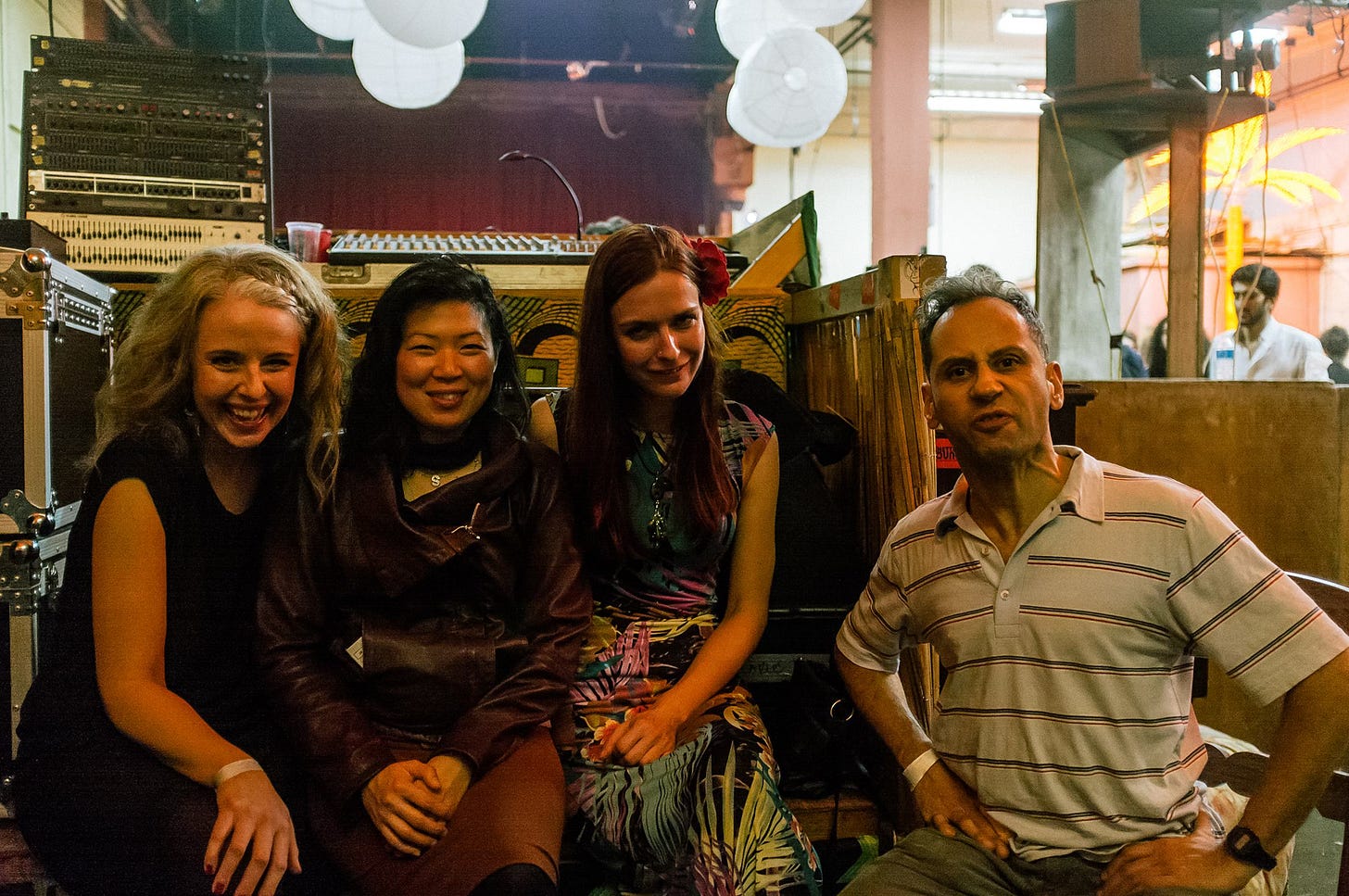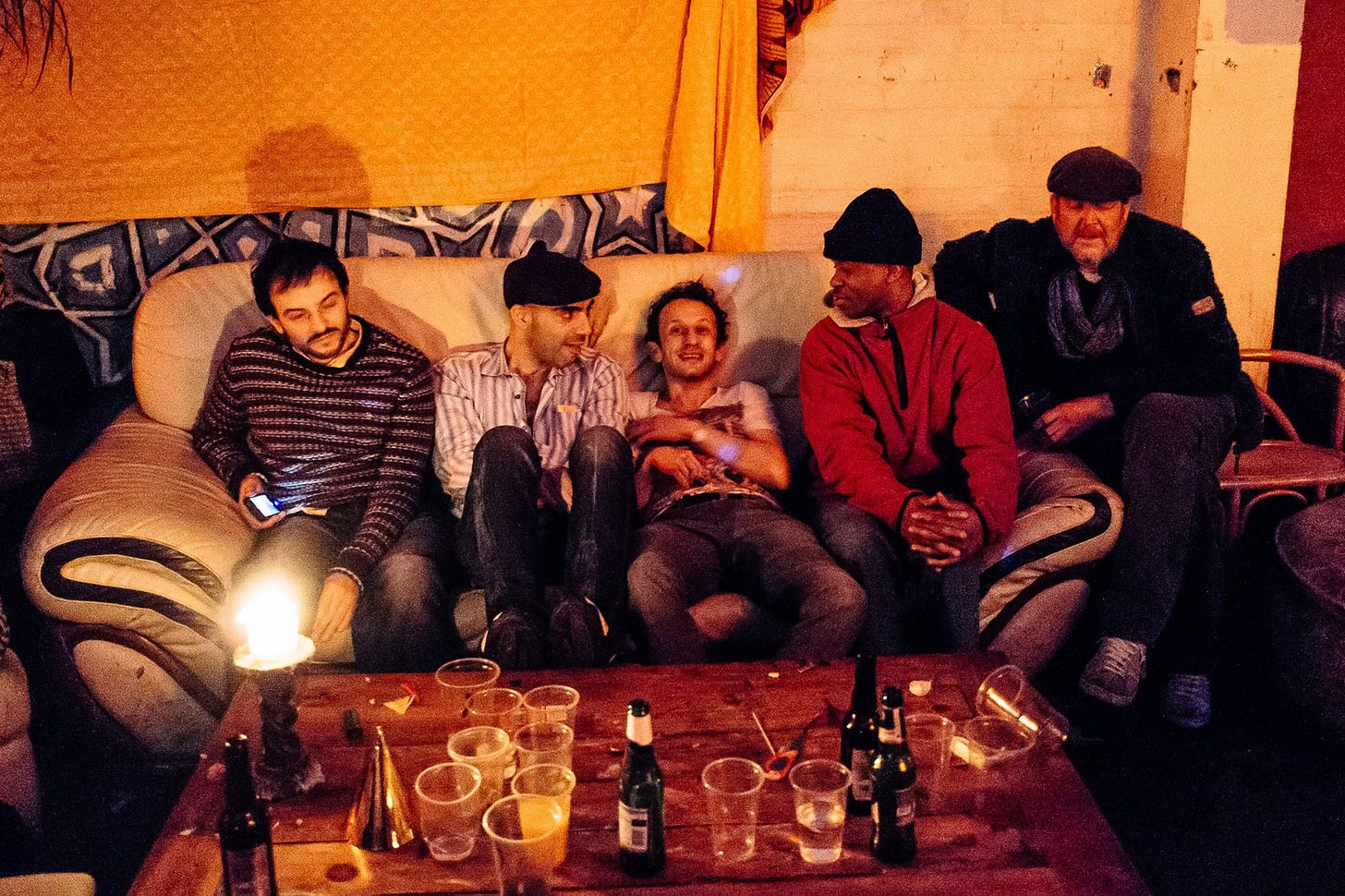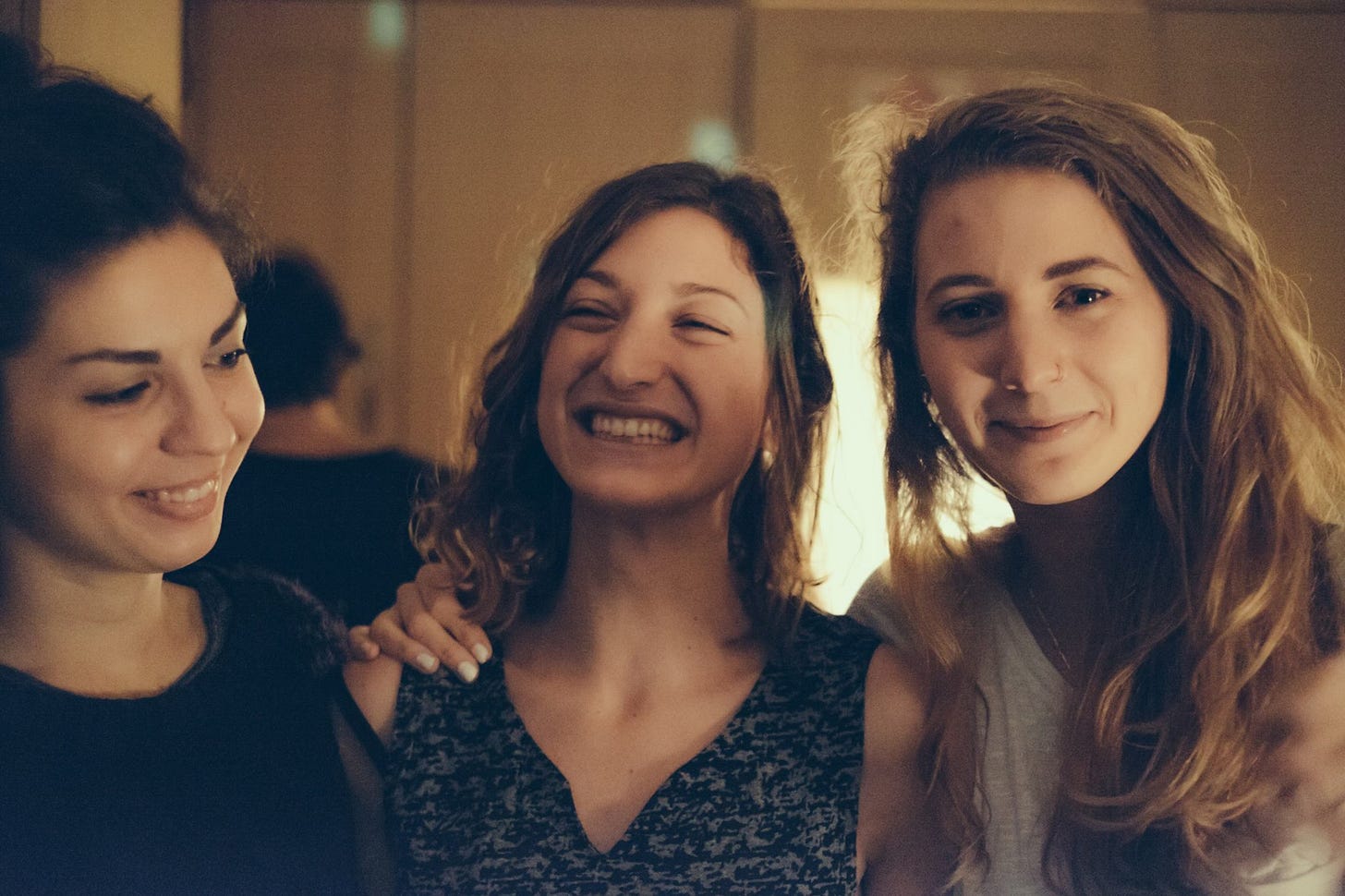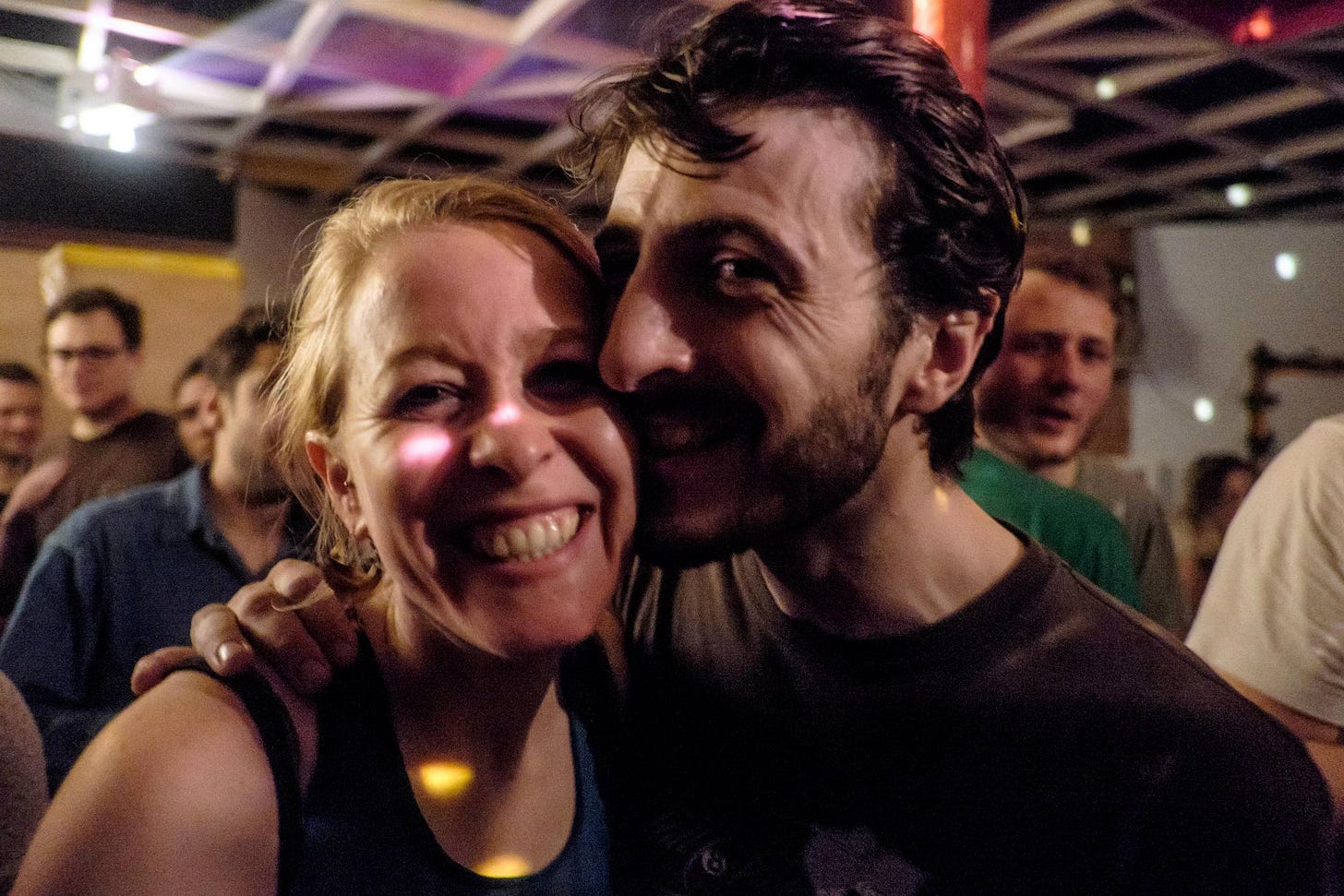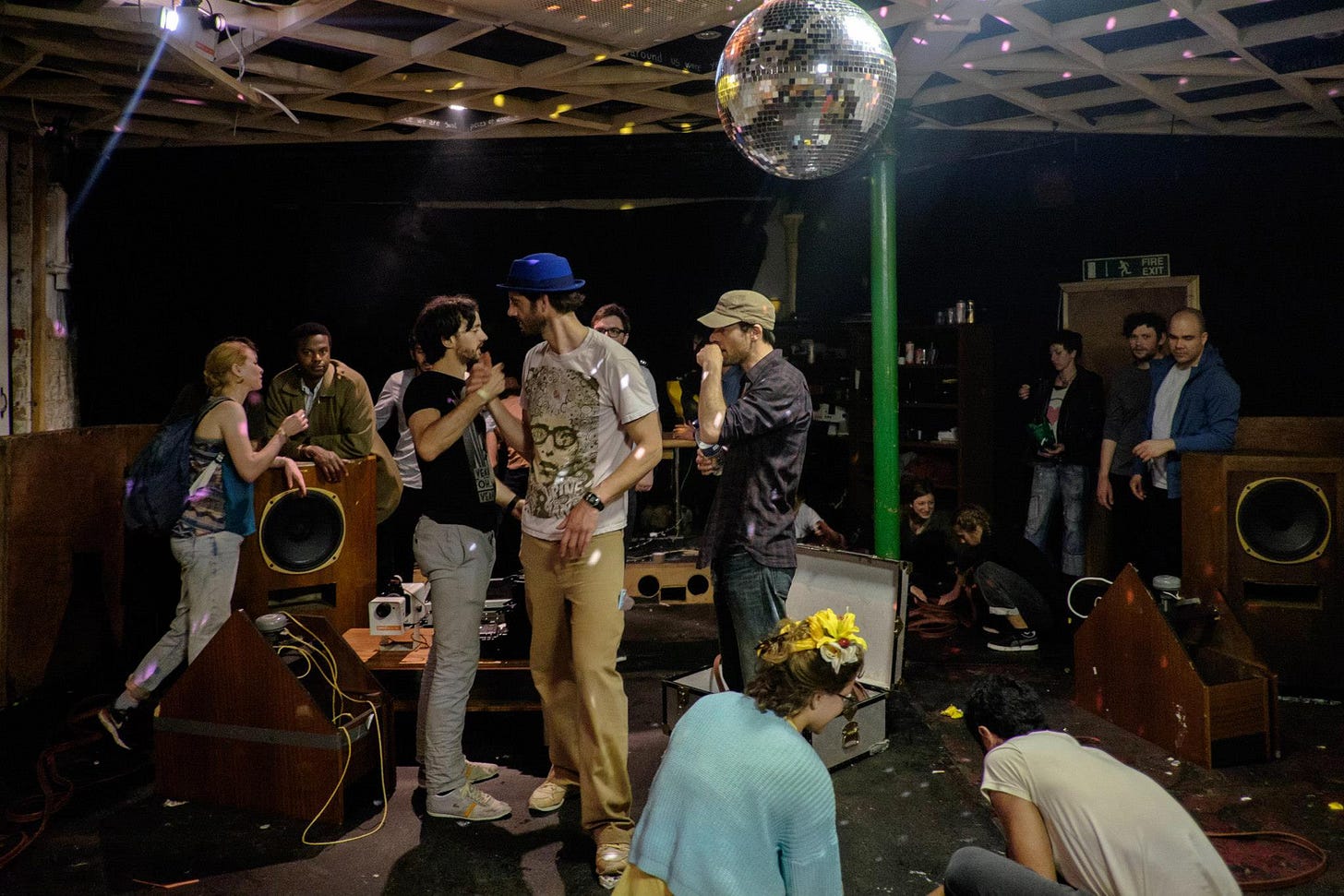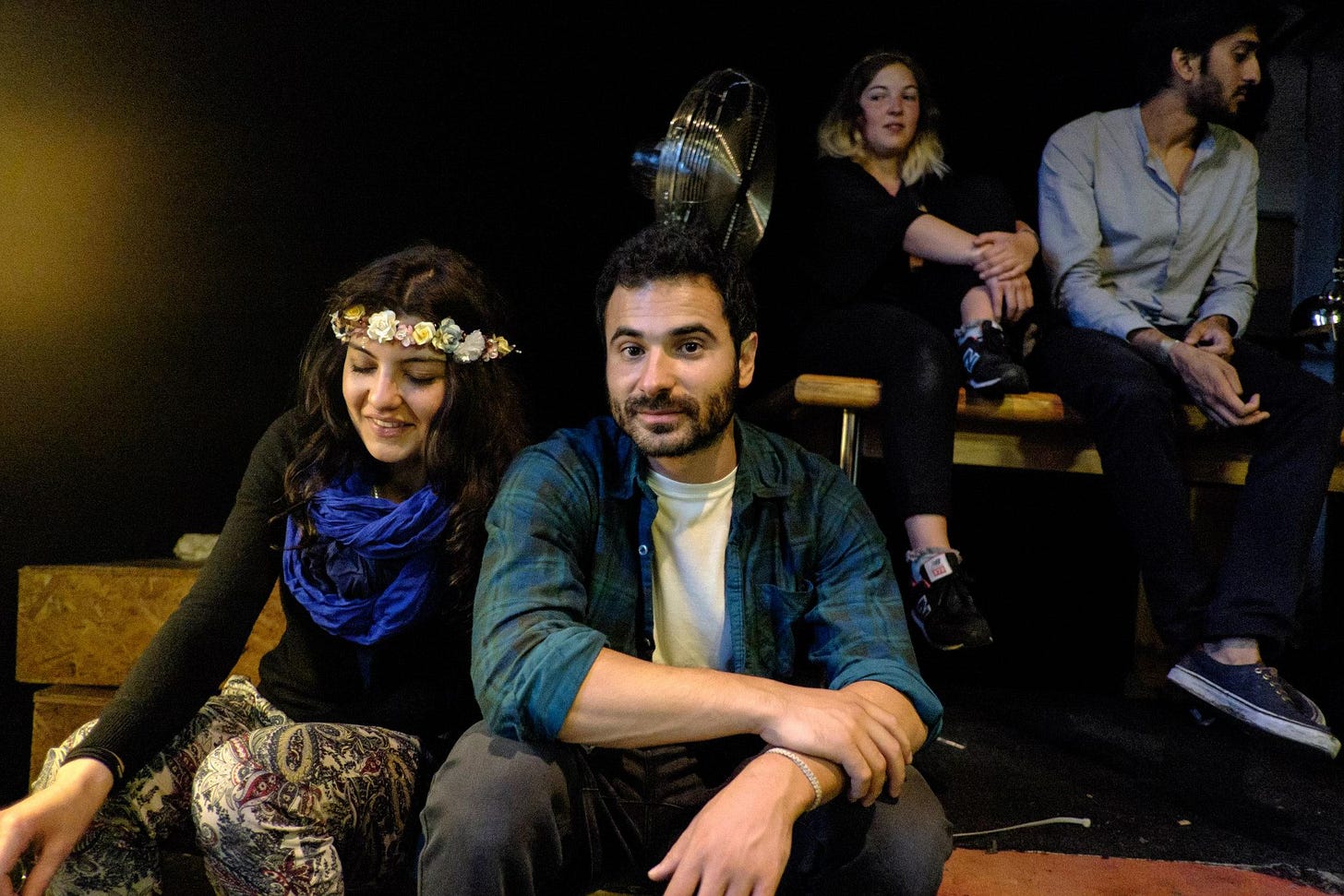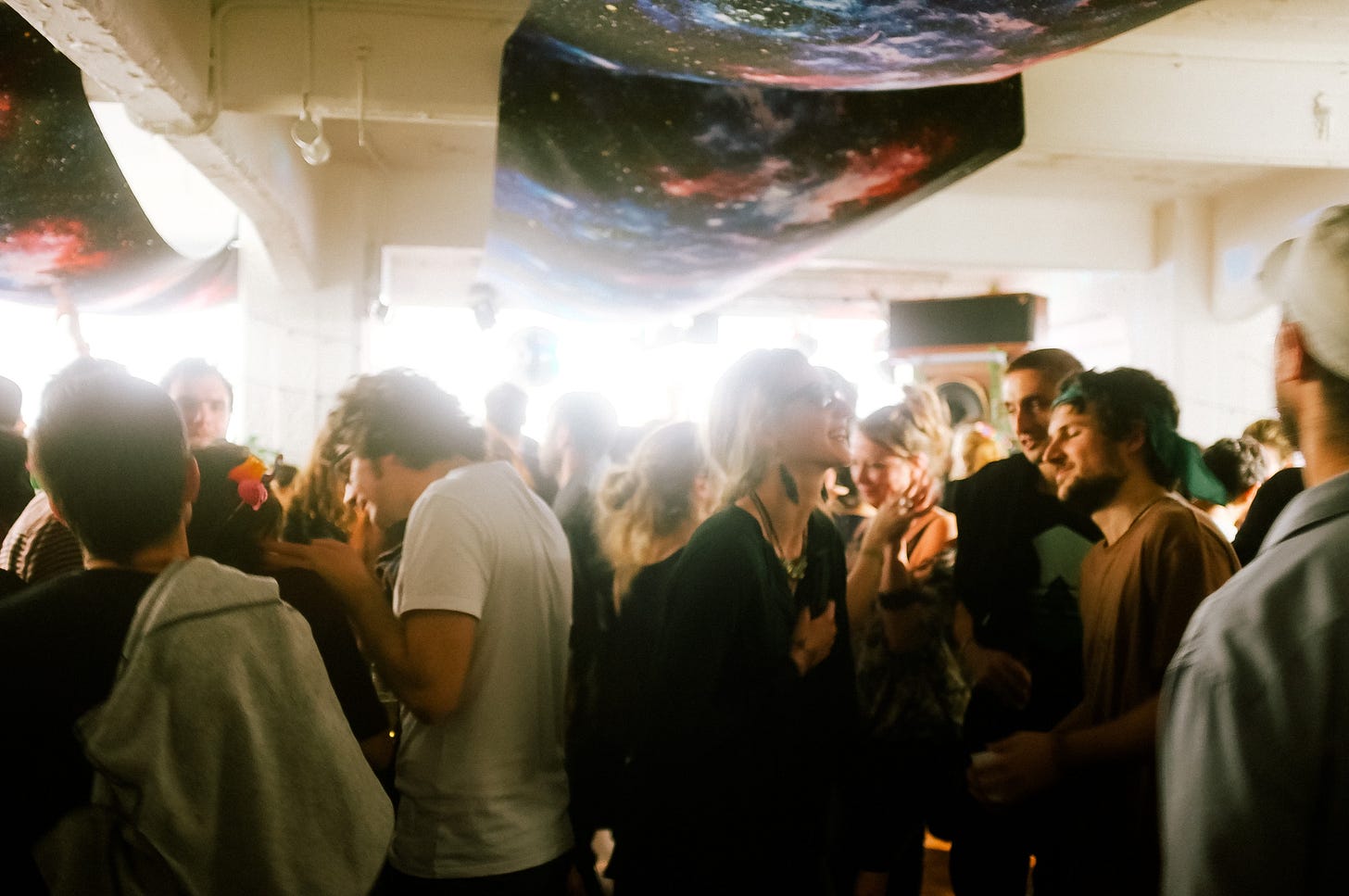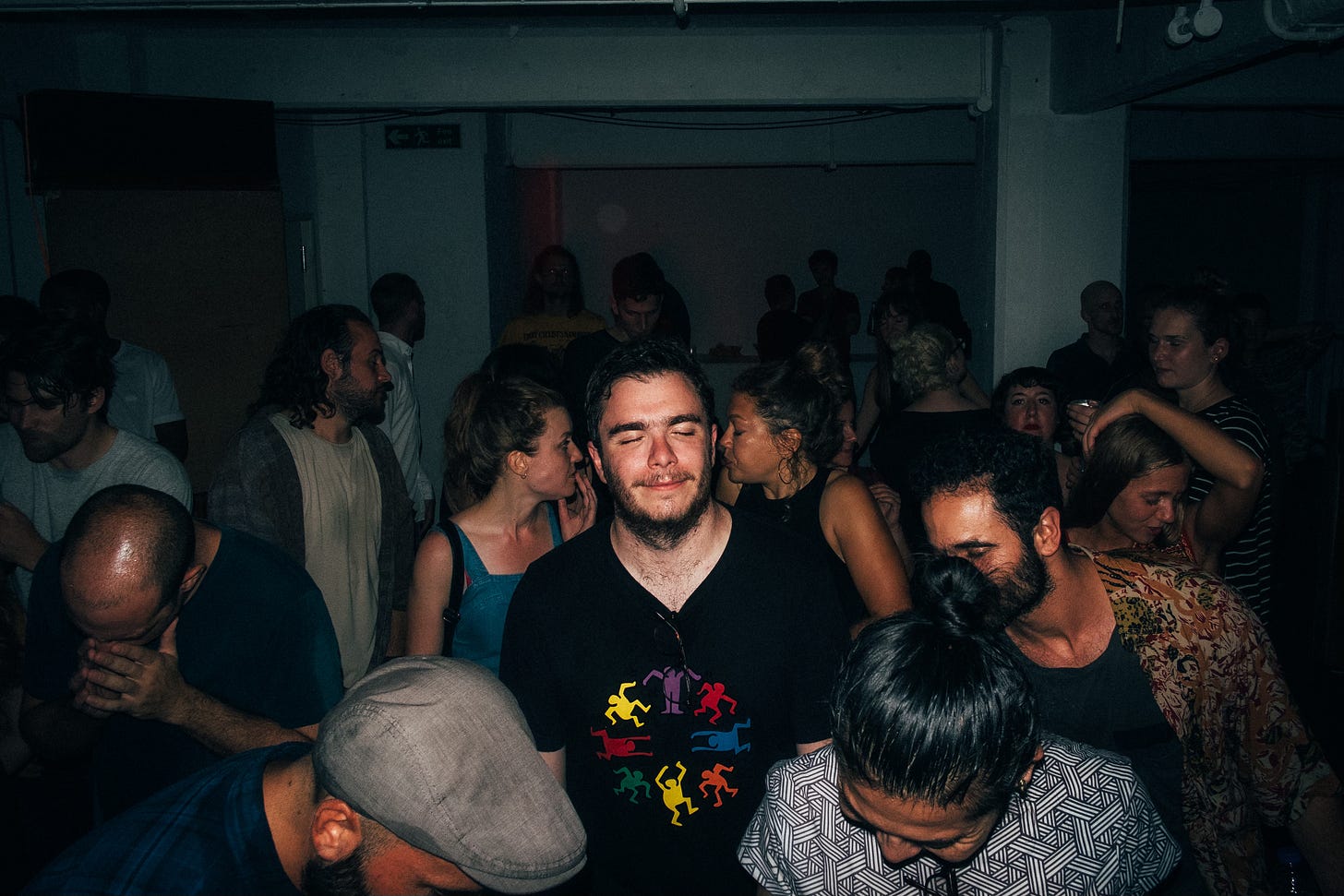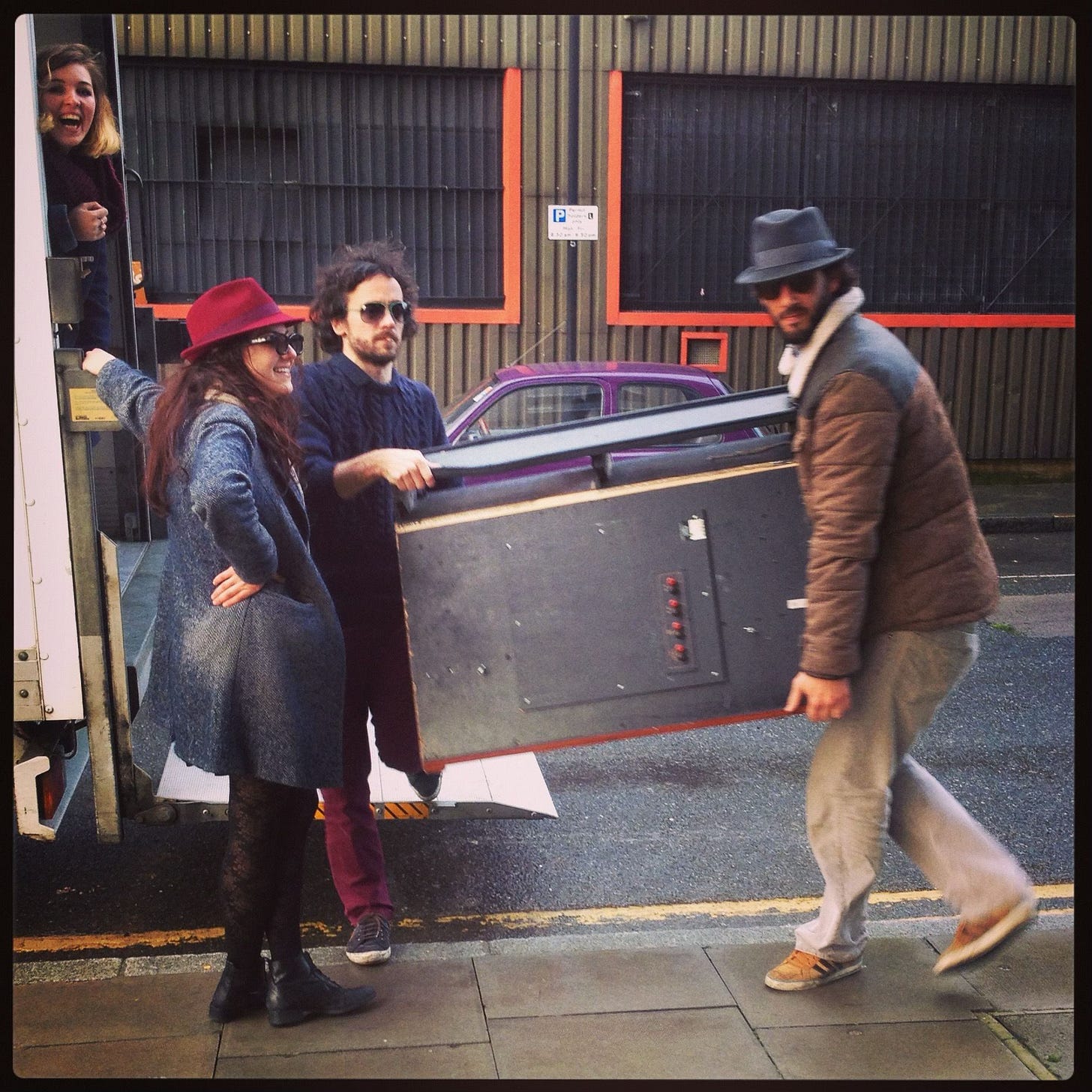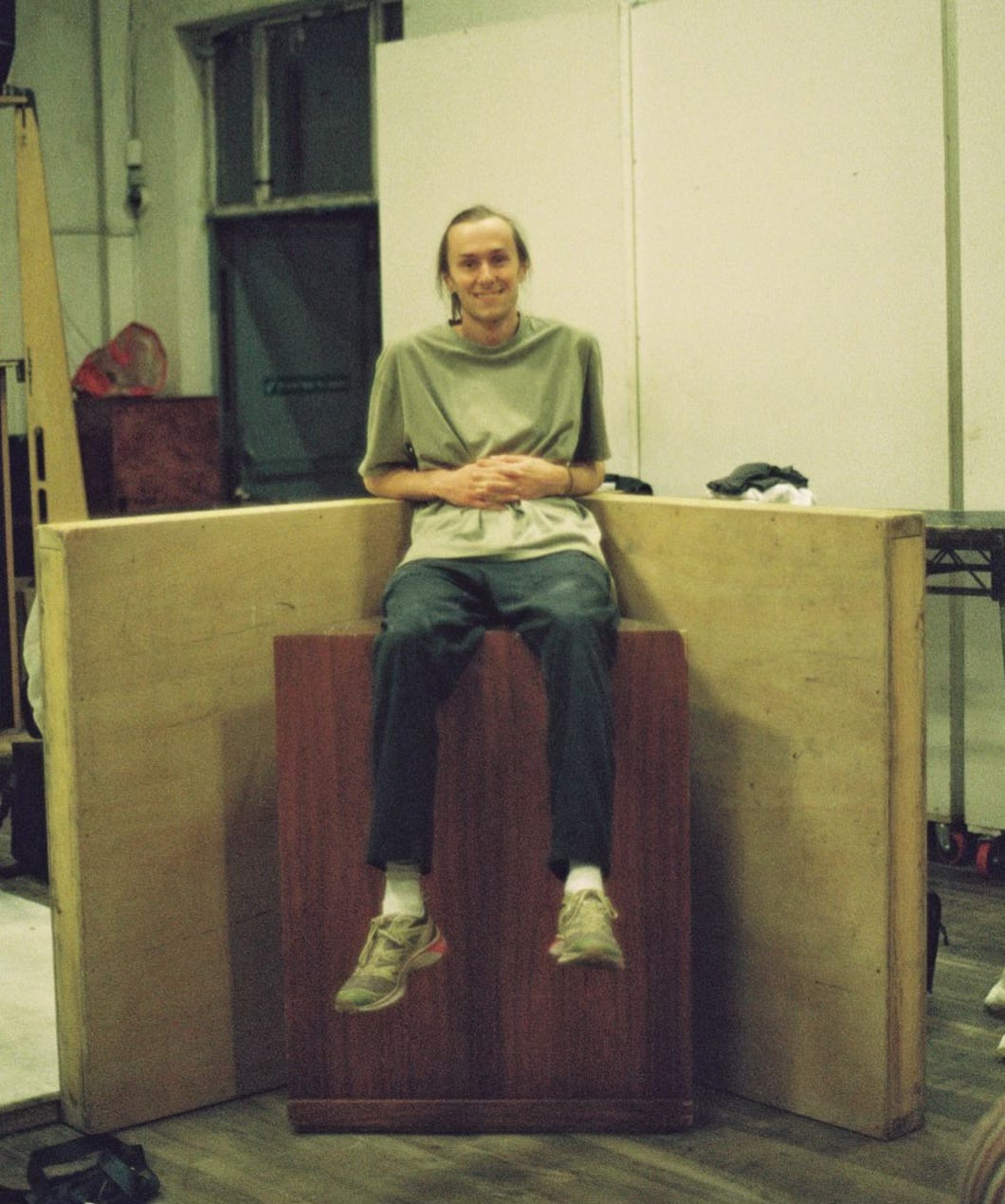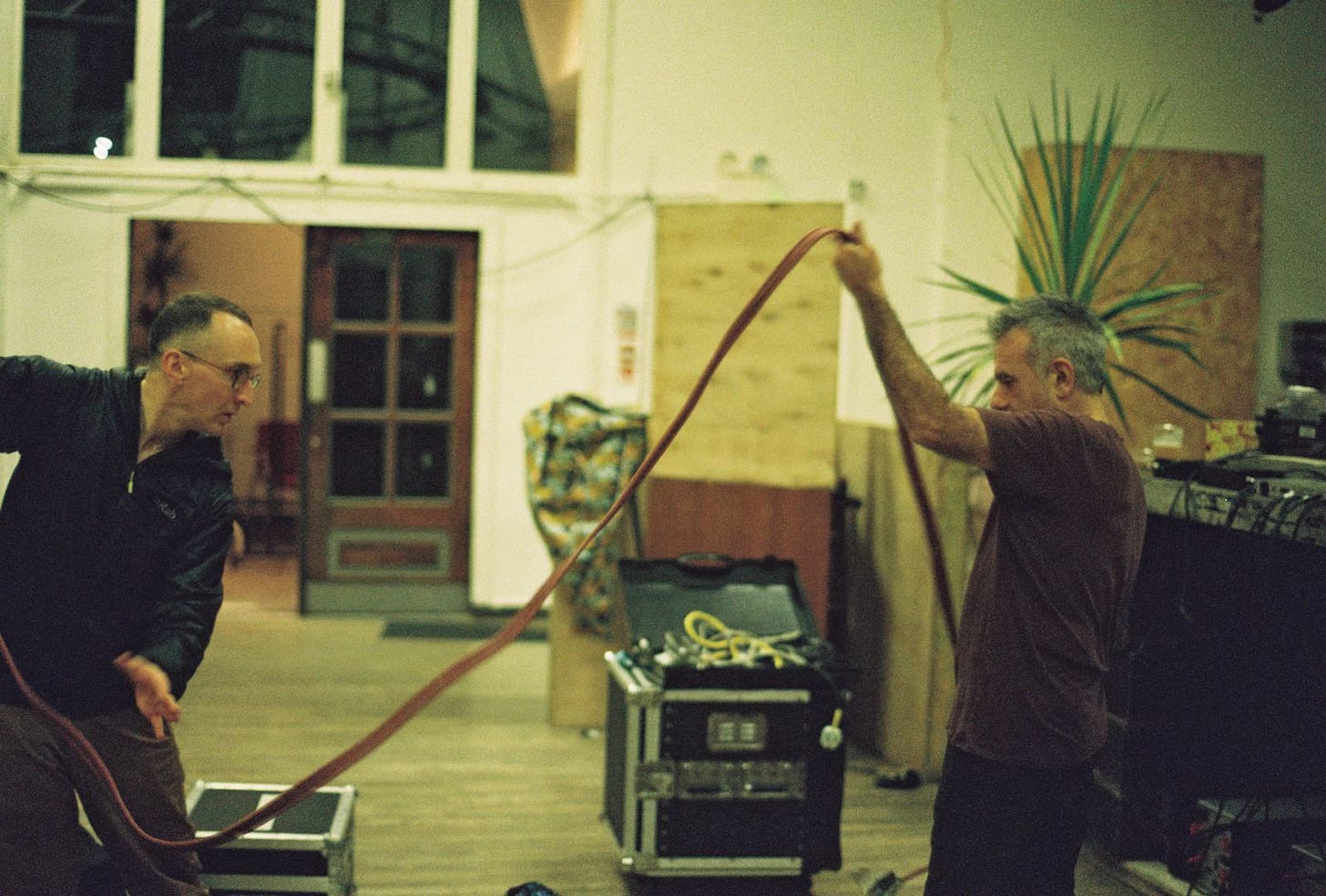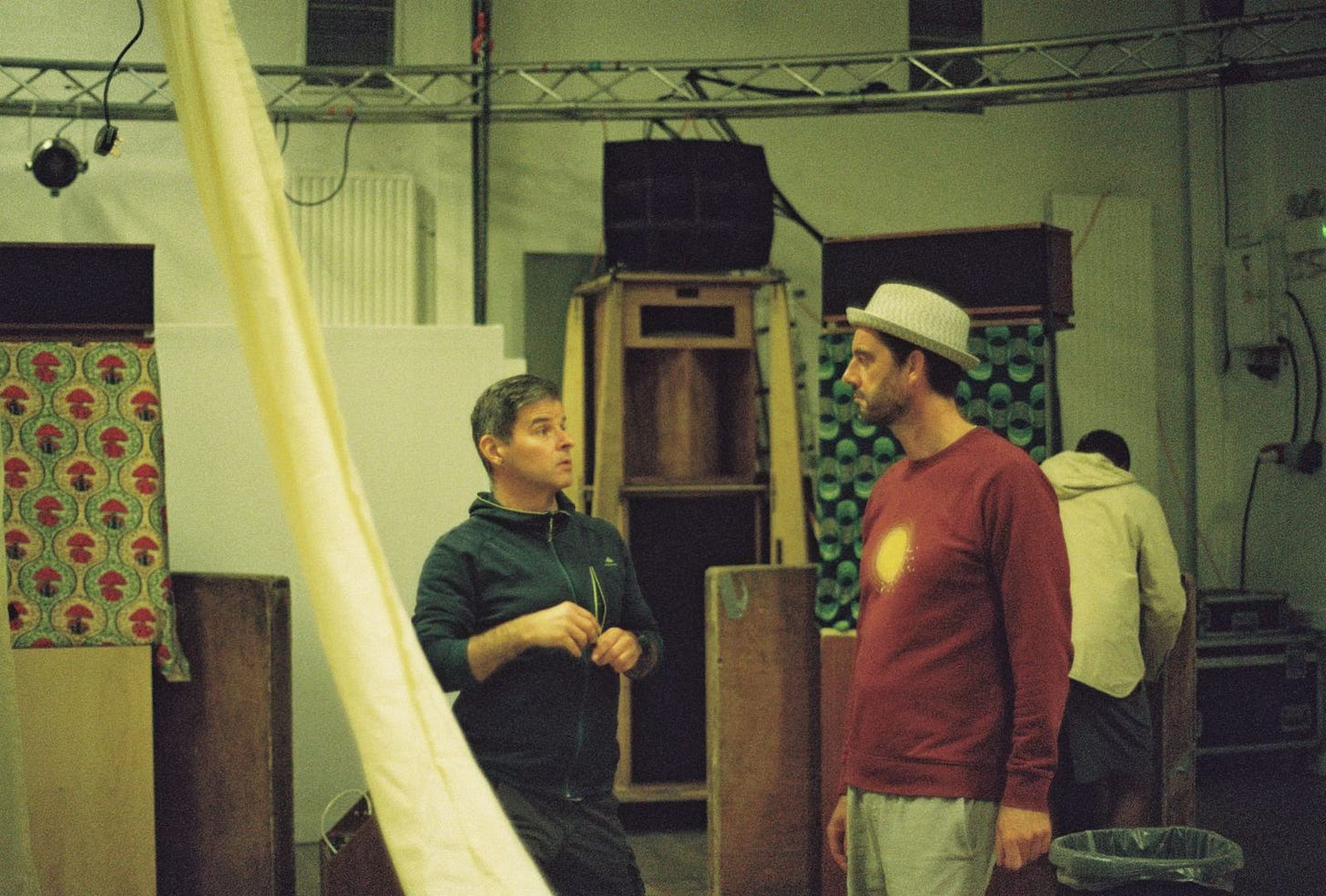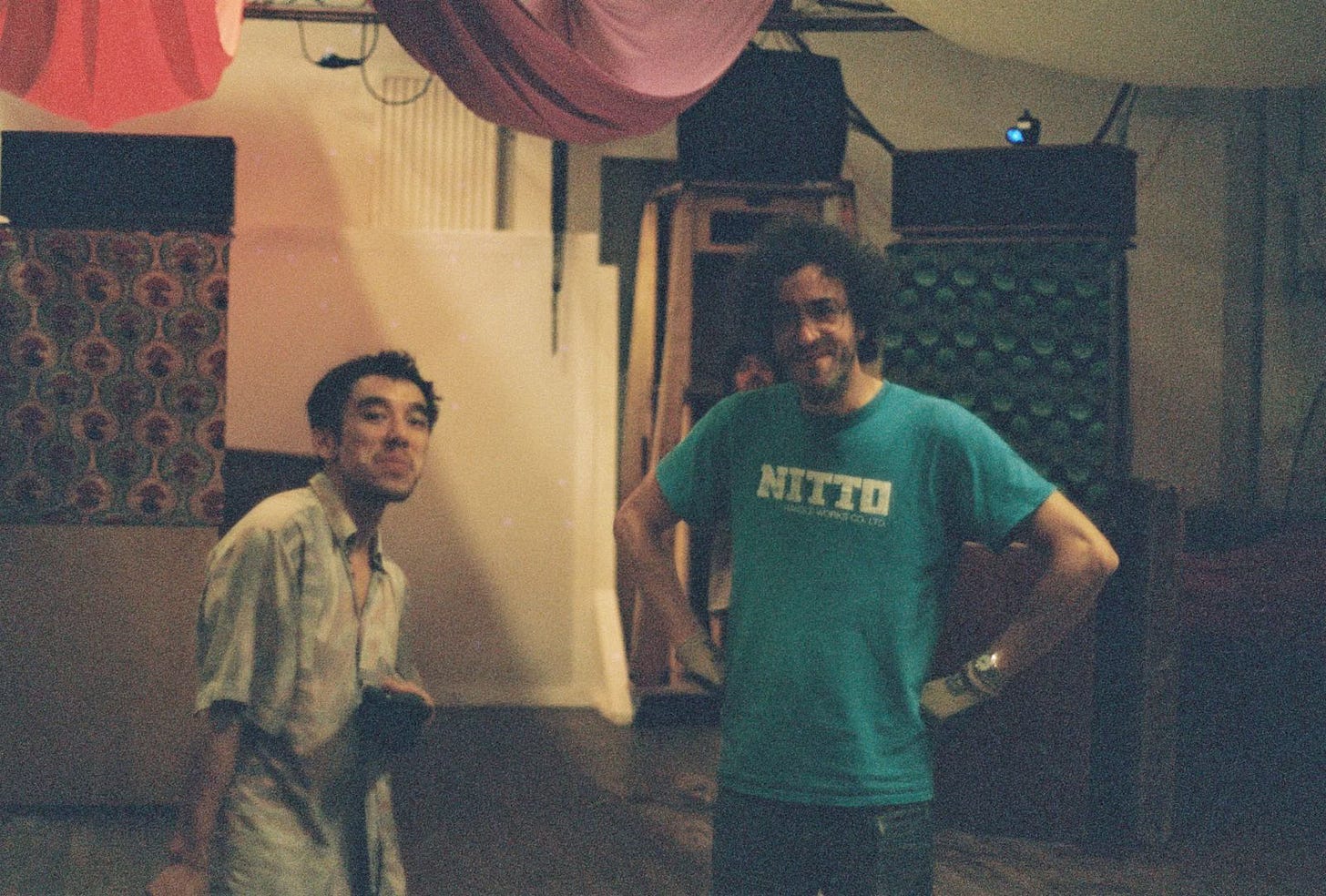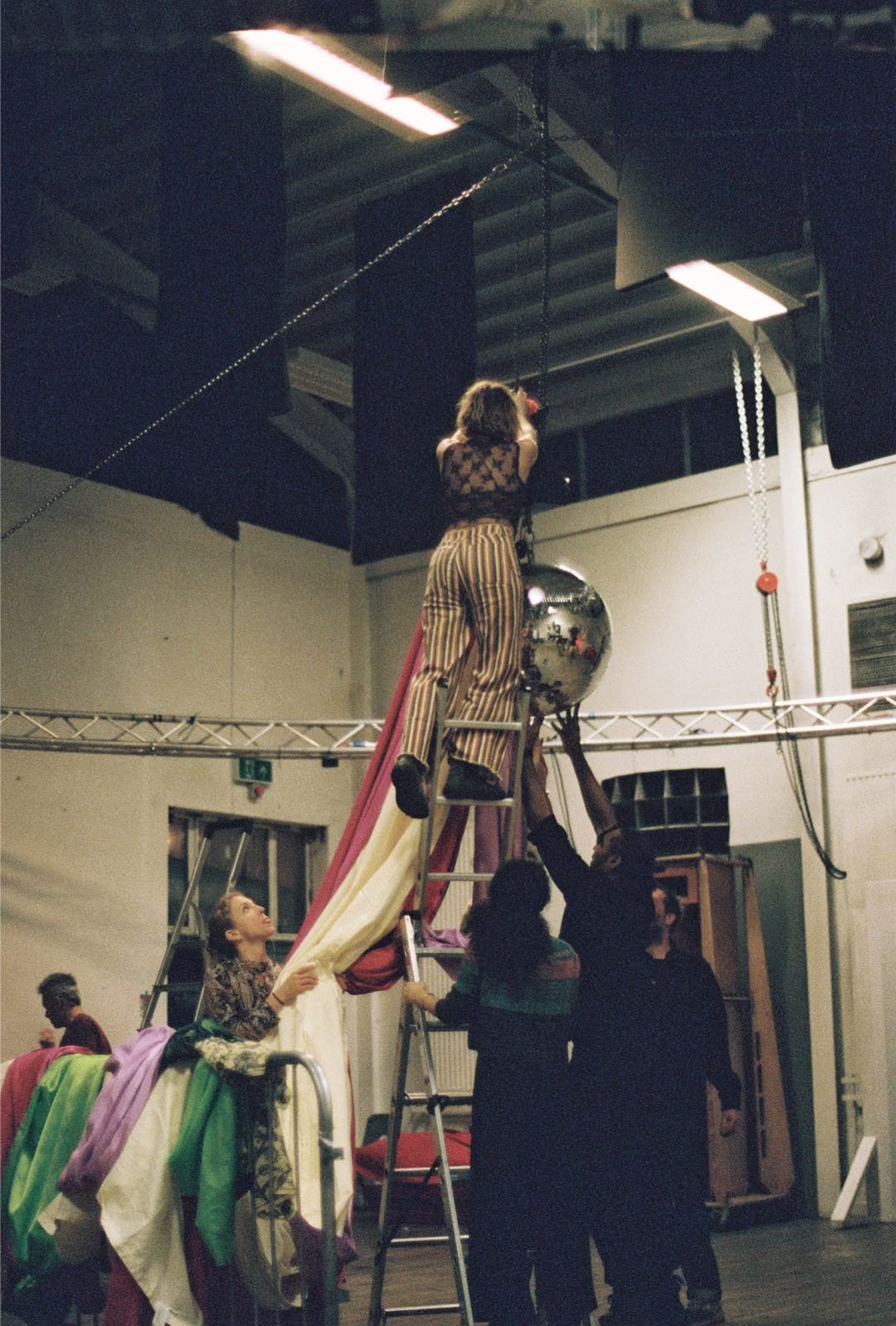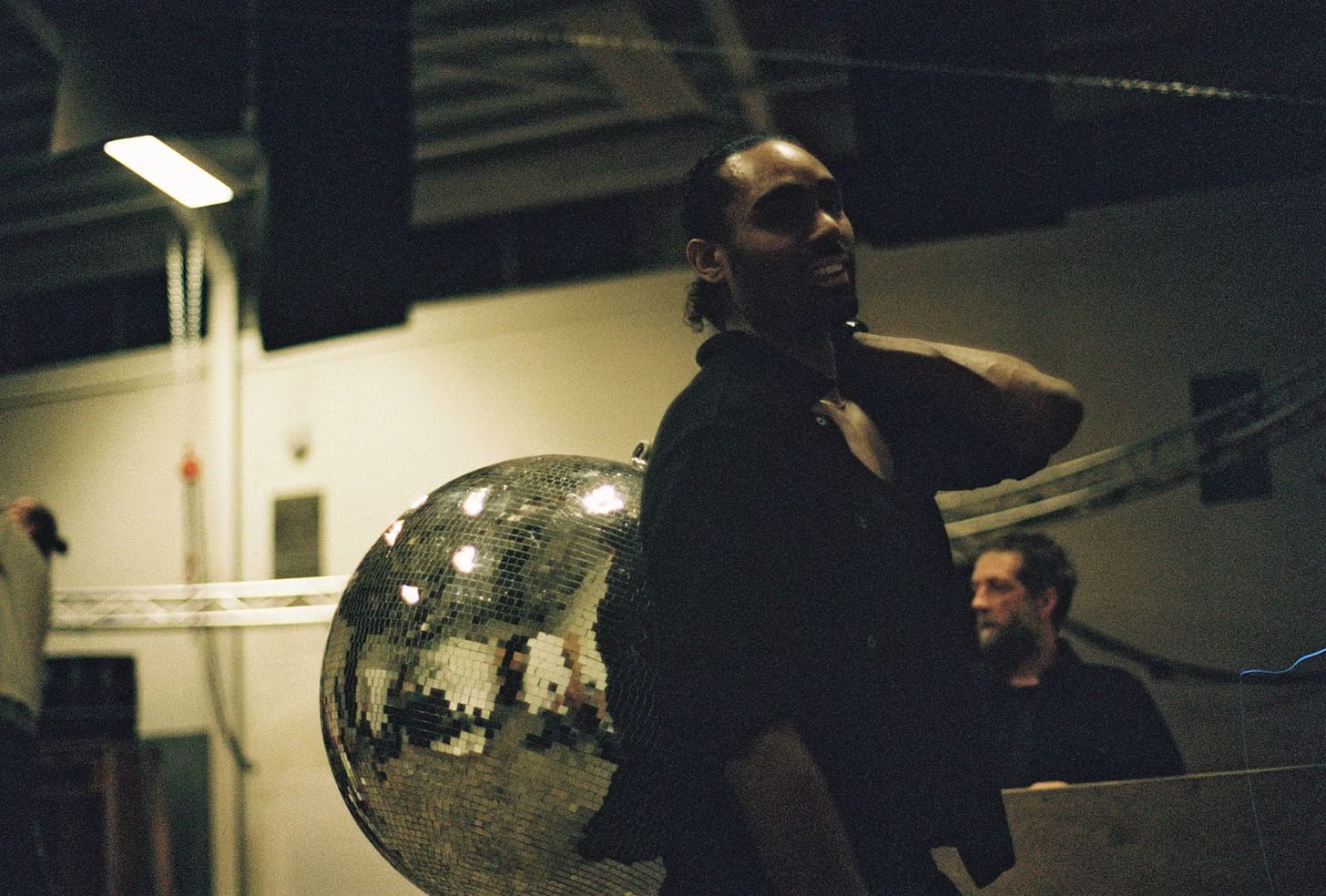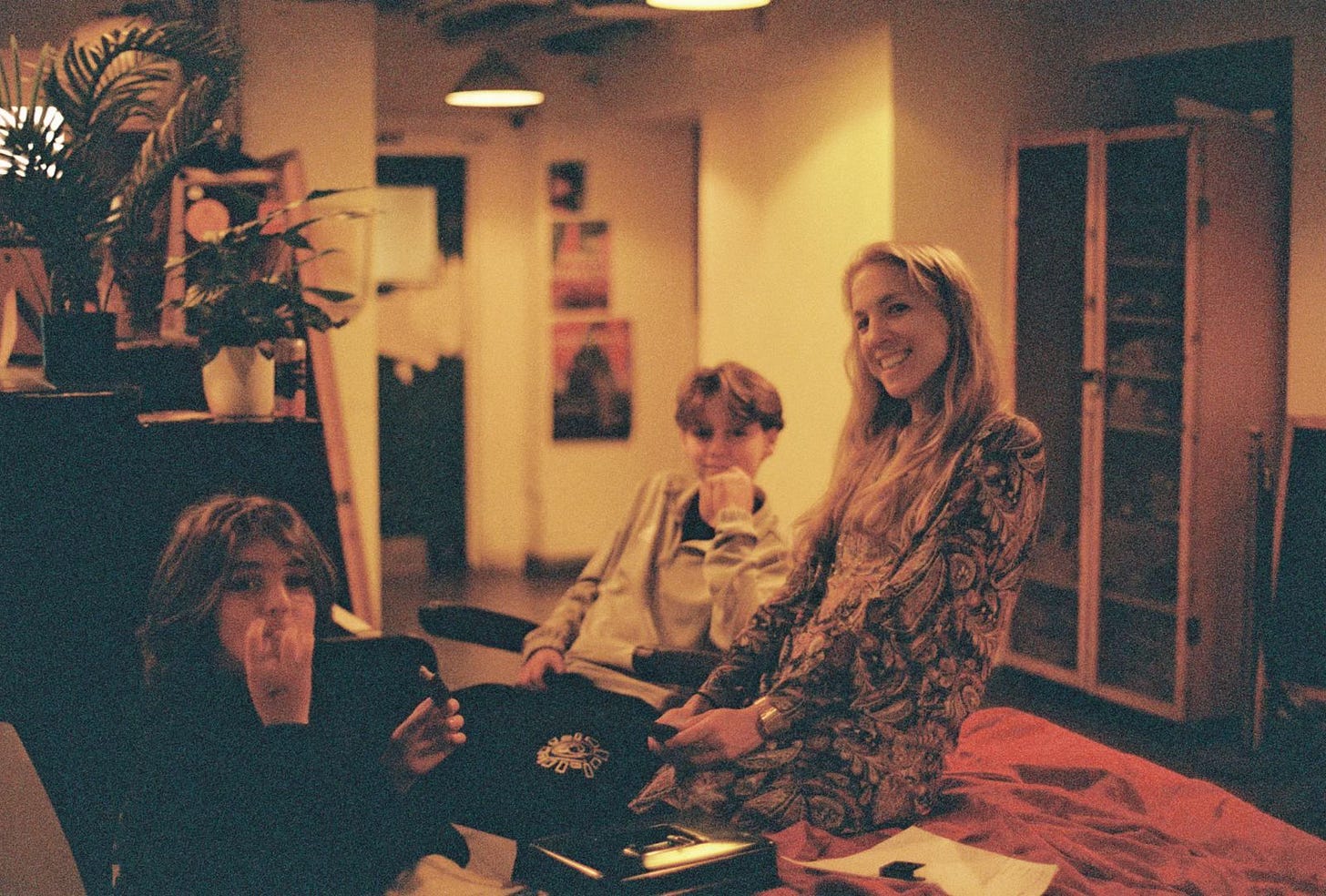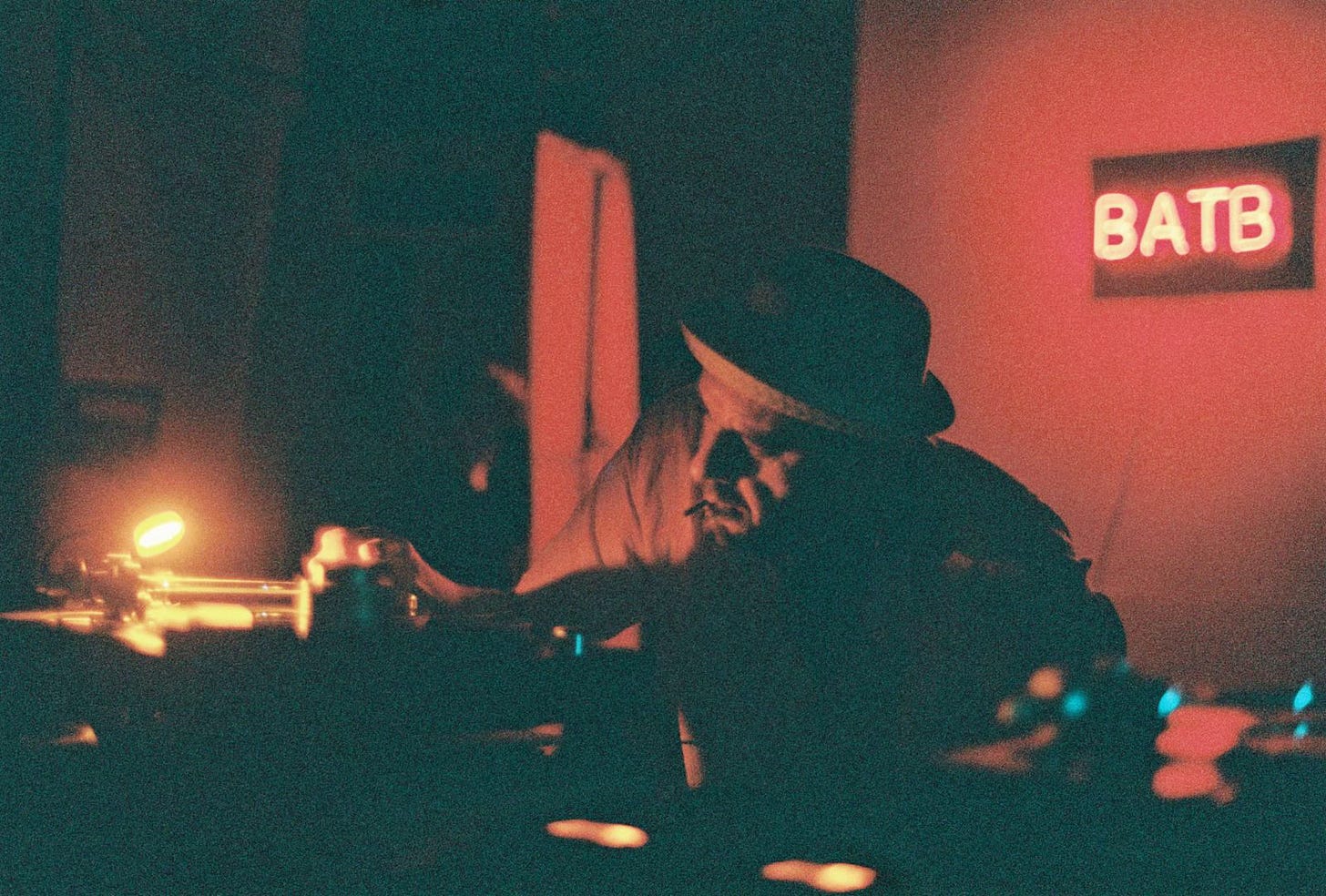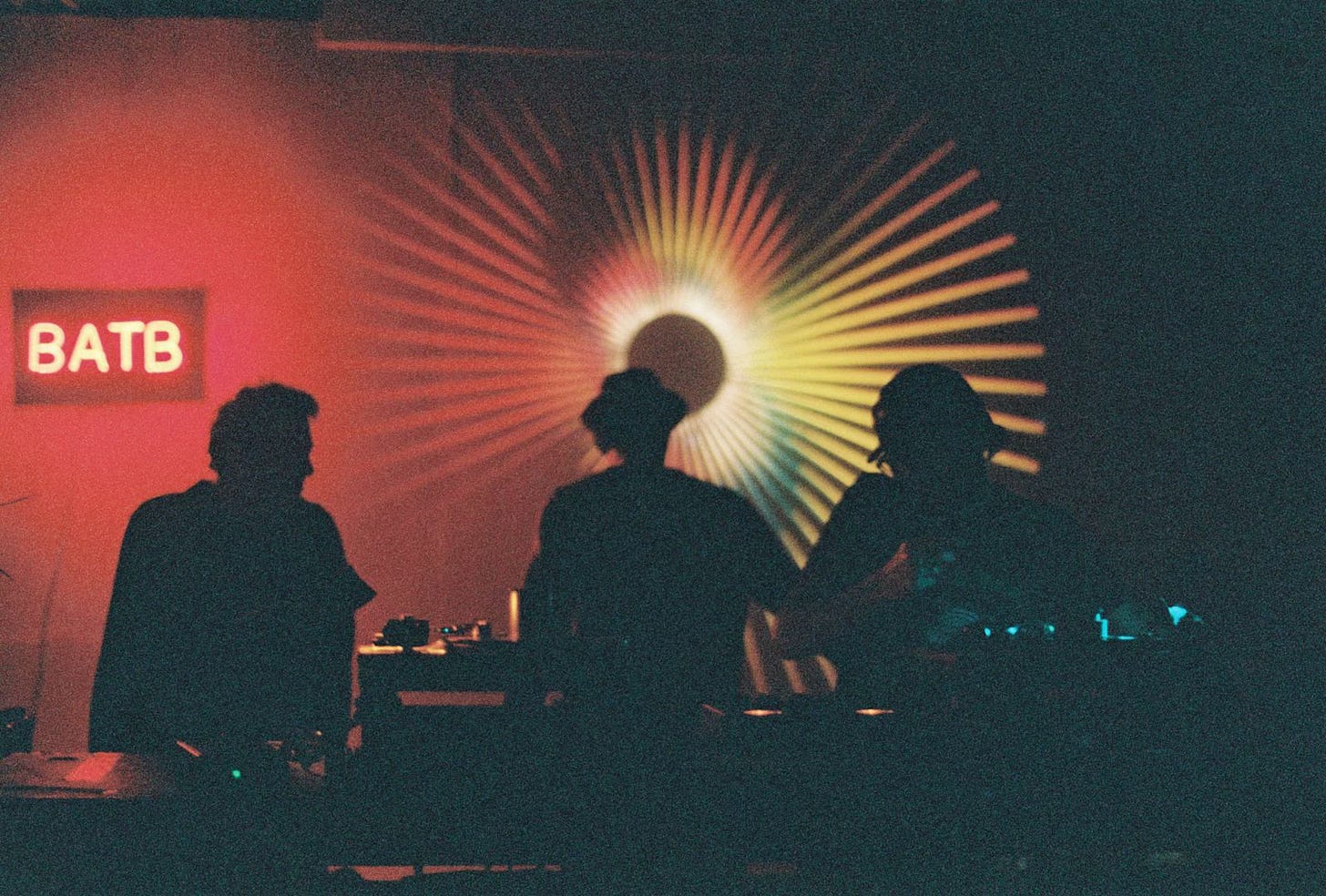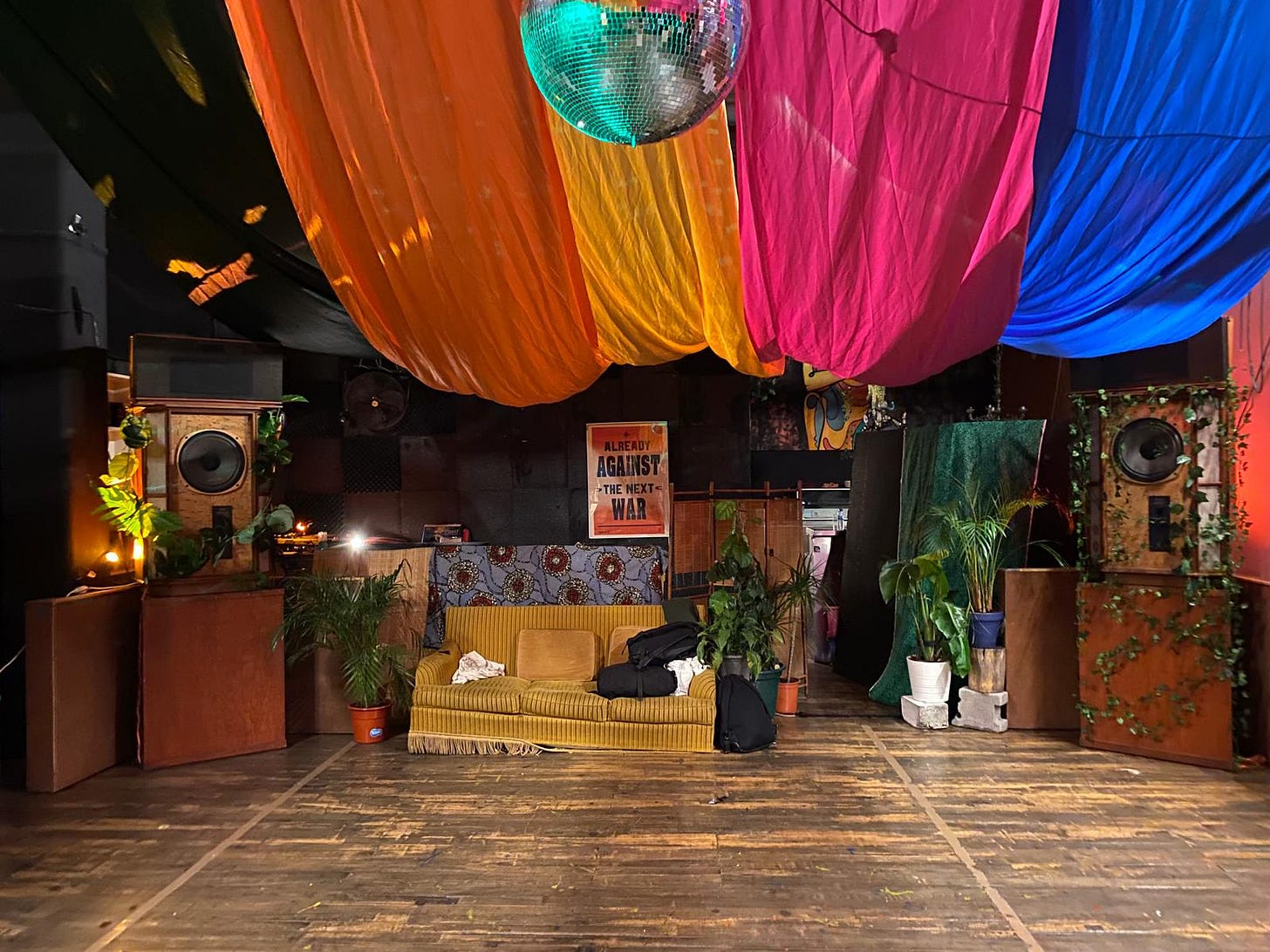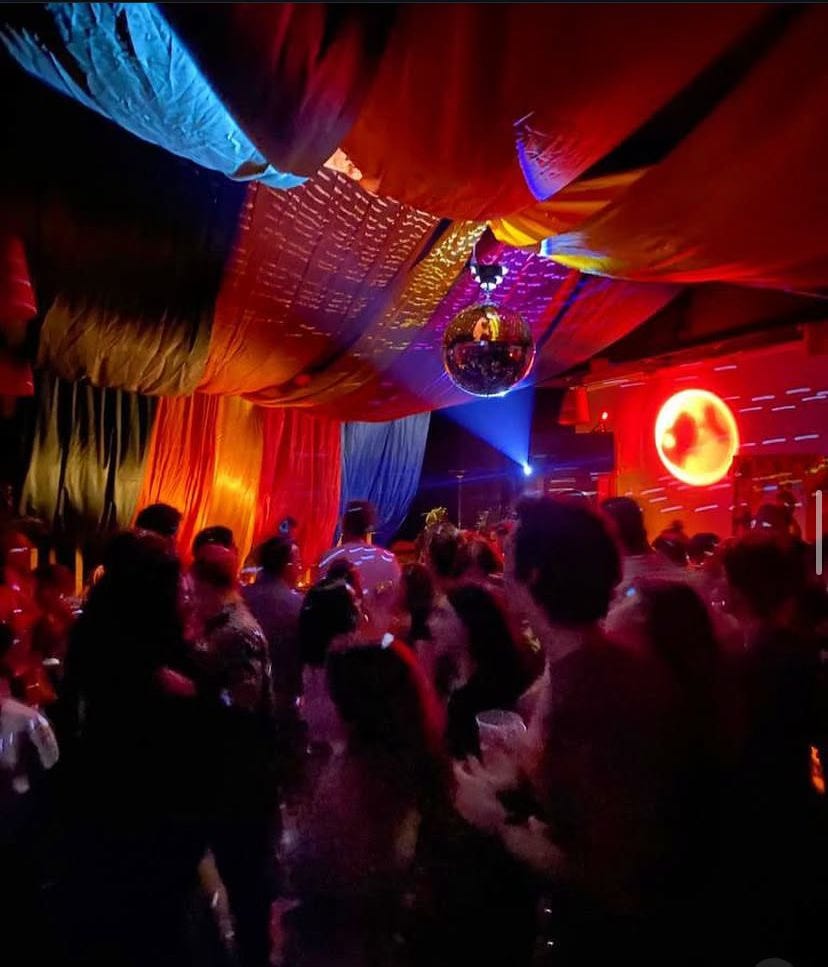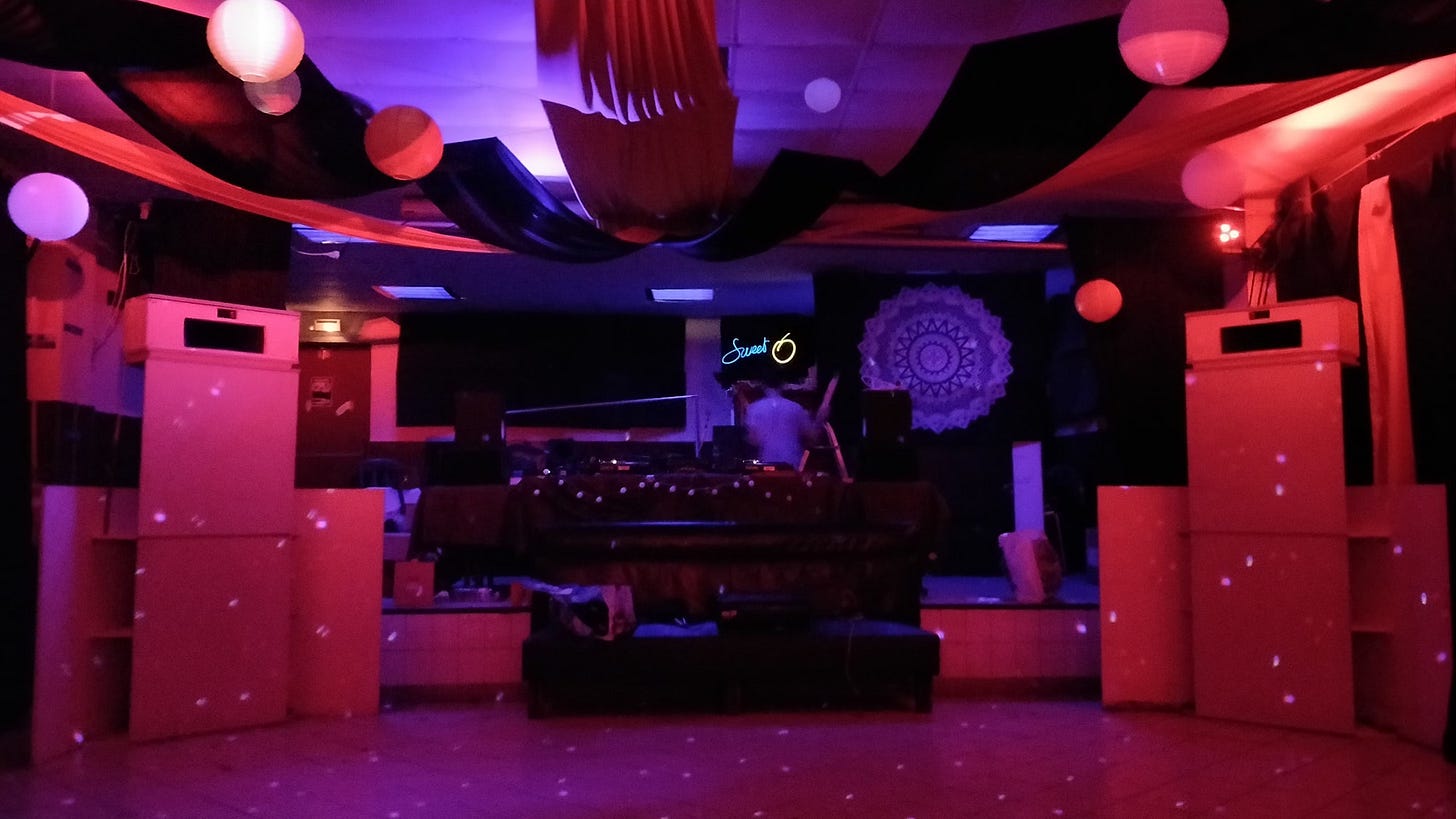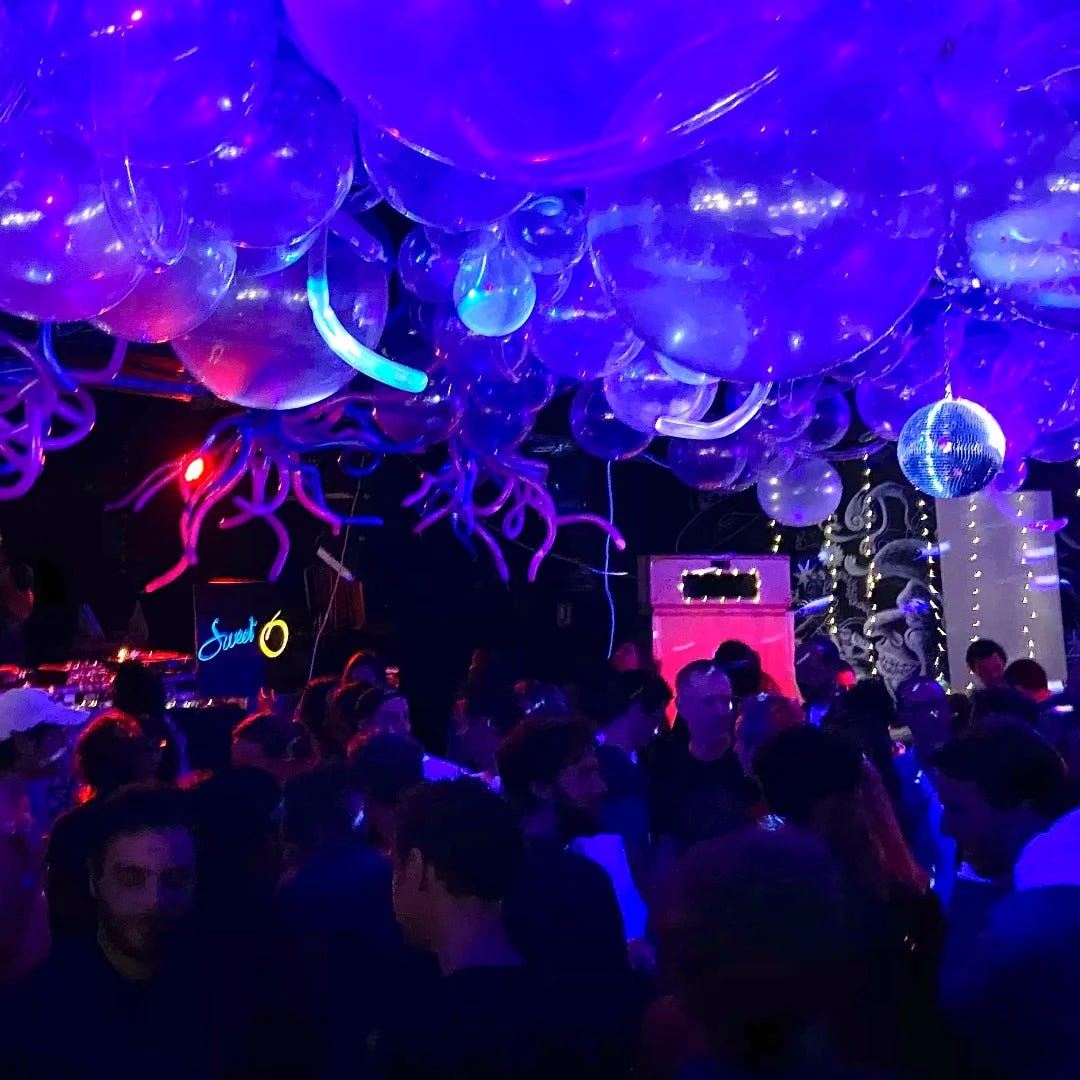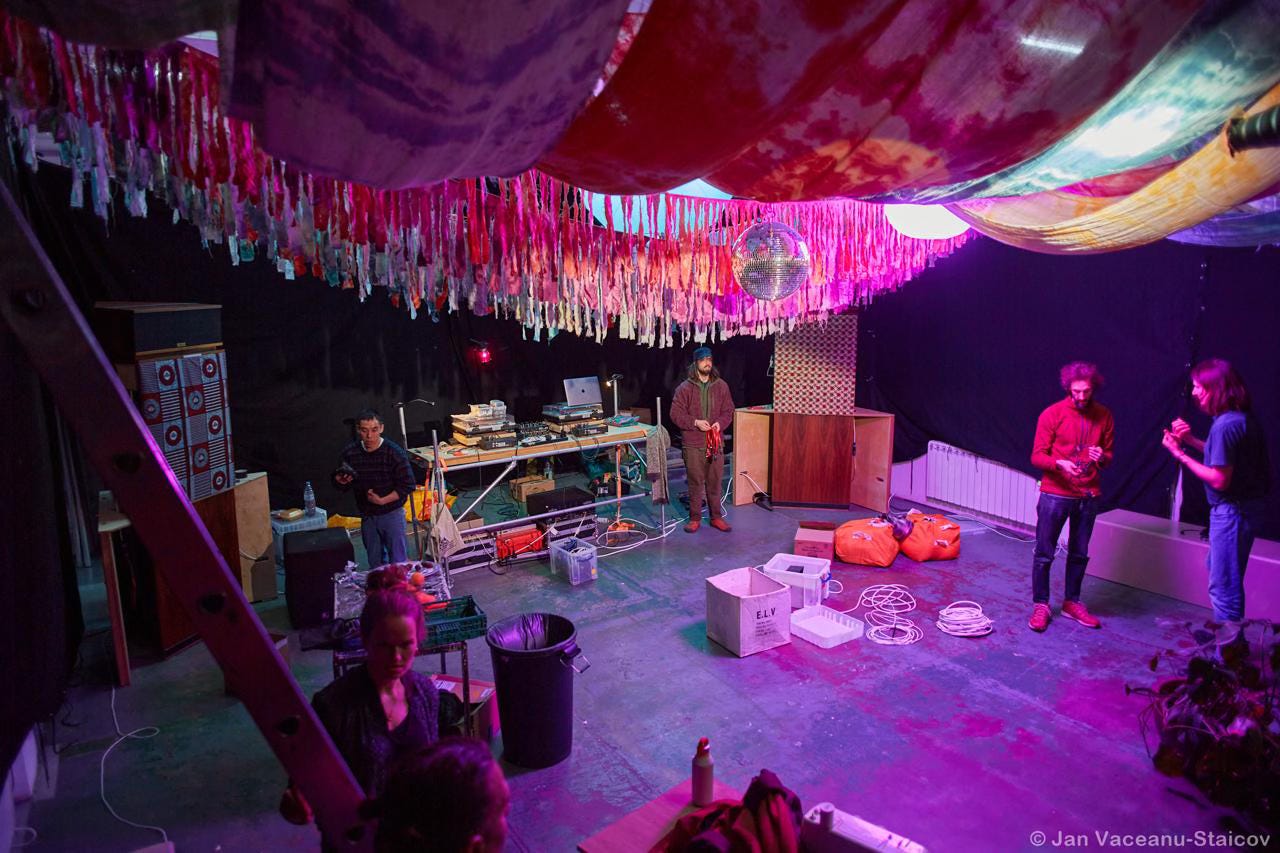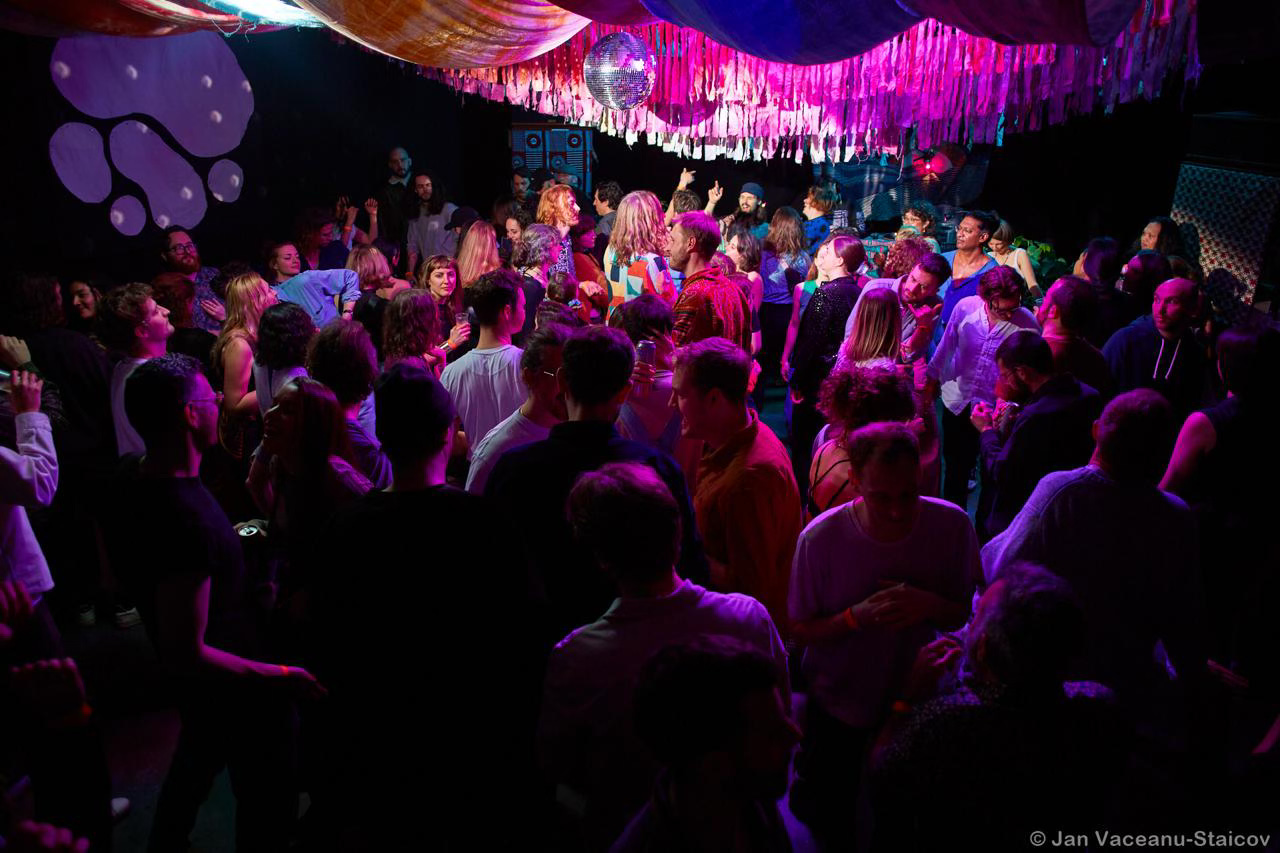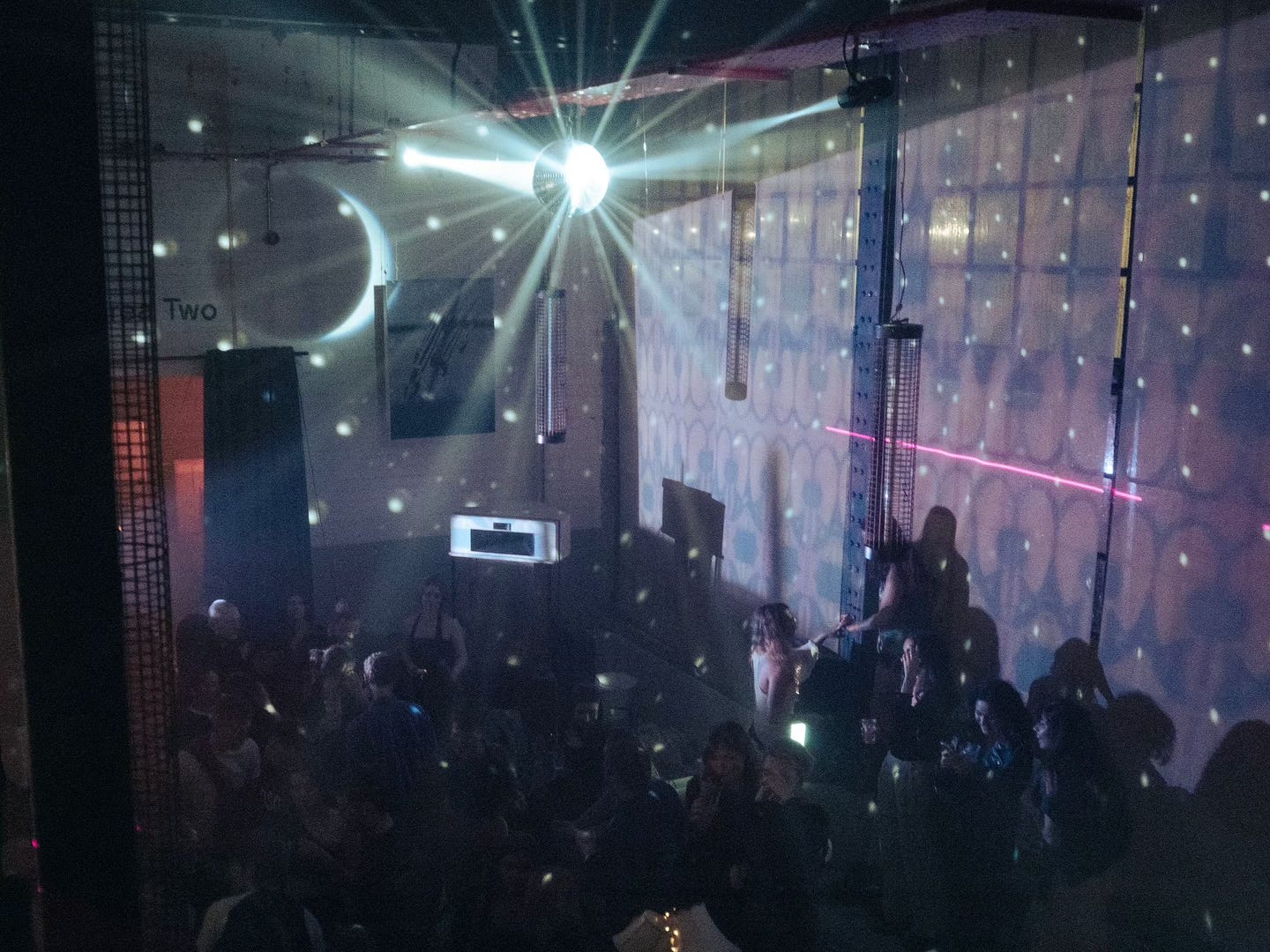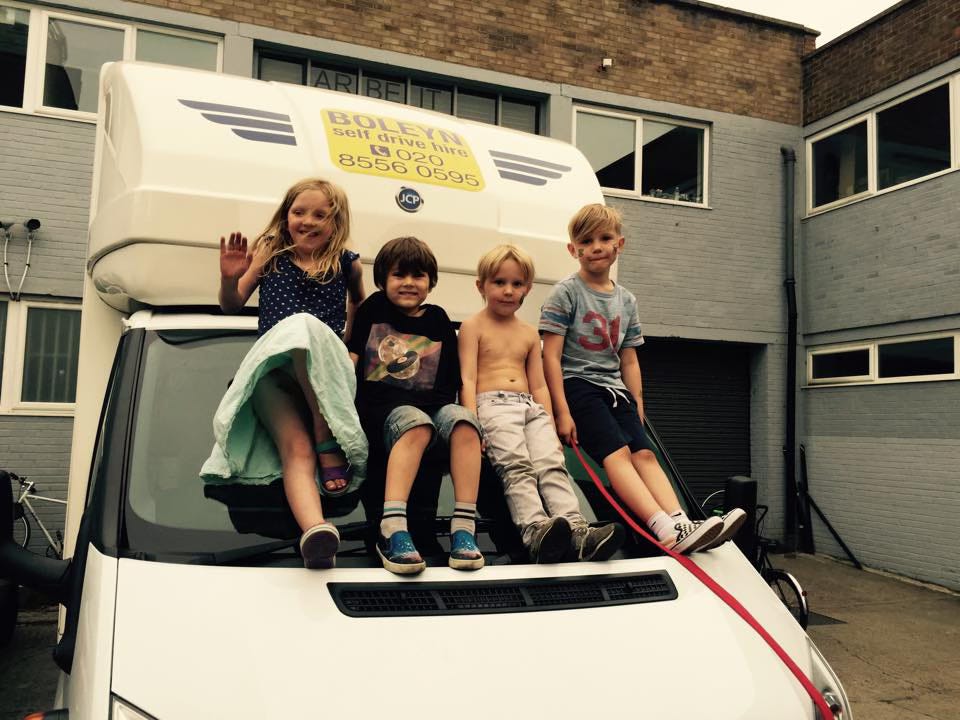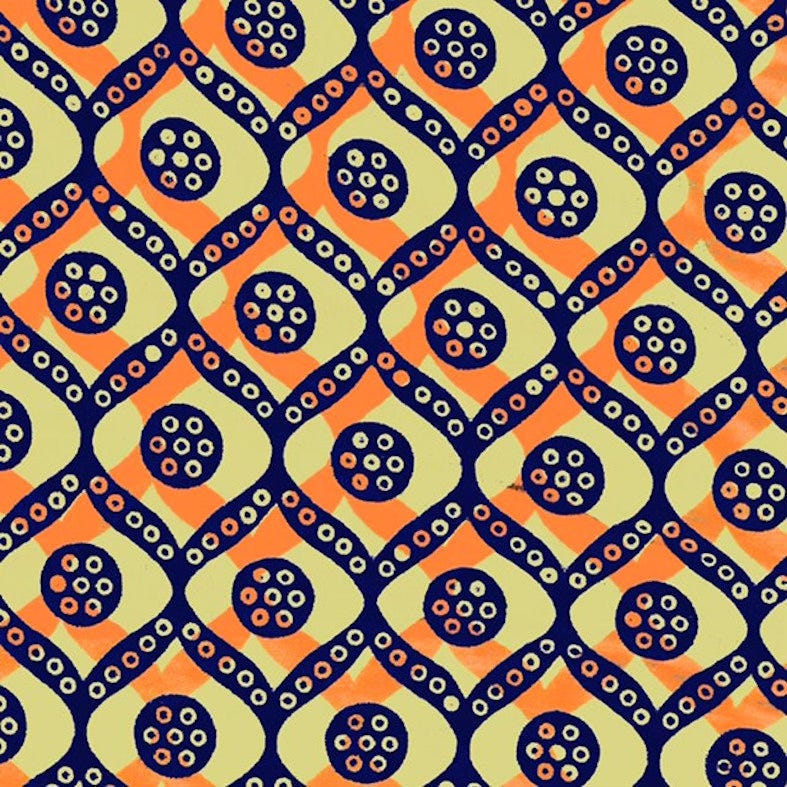The Legacy, Influence & The Ultimate Sound System Breakdown of Beauty and the Beat (Part 3/3)
On building community, shaping culture, and revealing the audio architecture behind the party.
After nearly 20 years of carefully refining their sound system, the BATB crew have created something truly special—an audiophile setup that transports dancers to another realm. We’ll be revealing their full equipment list and a layout of their setup in the final part of this series. But first, let’s explore how they built this legacy over two decades.
How has Beauty and the Beat lasted so long?
Jeremy: Honestly? I think we’re just really nice guys. (laughs) But seriously, the main reason is that we still love it.
Cedric: We also have an incredible and ever-evolving crew around us. Some people have been with us for 20 years, while others joined just last month. There’s no way we could do this with just the three of us—it’s always been a collective effort.
At this point, I don’t even question why we keep doing it. It’s just who we are. I can imagine stopping DJing elsewhere, but I don’t see Beauty and the Beat stopping anytime soon.
Cyril: It’s become a way of life, who we are and what we do.
Jeremy: I’m really proud of what Beauty and the Beat has become. It’s one of those parties, like WHIRL-Y-GIG or Good Times (before Norman Jay retired), that has taken on a life of its own. It’s not just another club night—it has its own identity, its own scene.
When we started, I thought it would follow the typical cycle: get really popular for five years, peak, then fade out. That’s what happened to a lot of other parties that started around the same time, especially in the Dalston disco scene. We were the first ones playing disco records on Kingsland Road, but so many of those nights came and went.
Instead, Beauty and the Beat grew slowly and organically. Every year, it got a little bigger, a little more well-known. It became a true institution. Looking back, it’s one of the most incredible things in my life. But because it happened so naturally, it also feels like the most obvious thing in the world—like, of course, it was always meant to be this way.
Cedric: It’s more than just a party—it’s our community. Most of our friendships, our connections, were born out of Beauty and the Beat.
We don’t just show up once a month, play music, and leave. We spend time together beyond the parties. We set up together, we eat together, we break down the sound system together. It’s an all-day, all-weekend experience. It reminds me of going to Plastic People back in the day, but on a bigger scale because we actually build and move everything ourselves.
It’s not just about the music—it’s a family.
📸 Miguel Echeverria (2010-2017)
📸 Josh Beauchamp (2024)
What impact has Beauty and the Beat had on the wider music scene?
Cedric: Over the years, we’ve seen so many parties and labels emerge that were inspired, in some way, by Beauty and the Beat. That’s the biggest compliment we could ever receive.
Brilliant Corners, Time Capsule, Rude Movements in London, Days in Nantes, Sweet Apricots in Paris, Apricot Ballroom in Sheffield, Beija Flor in Lisbon—the fact that we’ve influenced people to start their own thing is amazing. That wasn’t something we set out to do, but it happened organically.
Cyril: There’s even a new party in Birmingham now that has just launched (Pra Vida!). It’s a chain reaction.
Cedric: In terms of our place in the London music scene, we’ve always been pretty underground. It’s been 20 years, and most of our reach has been through word of mouth. We’ve never really been part of the mainstream media cycle—no Resident Advisor hype, no big magazine features—and I think that’s actually helped keep the party what it is.
Jeremy: Yeah, it’s kind of surprising that we’ve never had a big feature in the press. When you look at London’s dance music history, it’s rare for something to last this long, involve this many people, and have this much impact without getting major coverage.
Cyril: But at the same time, I’m glad. We’ve proven that you don’t need hype to sustain something. The party speaks for itself.
And the reach is bigger than we sometimes realize. On random trips to New York, Norway, or elsewhere, I’ve met people who had been to Beauty and the Beat. It wasn’t even a music-related conversation—just casual chats where it somehow came up. That’s when you realize how far it’s traveled.
Cedric: Nearly 20 years, close to 200 parties, it’s inevitable that we’ve touched a lot of people. We’ve had people meet on the dancefloor, fall in love, get married. Soon, we’ll probably have "Beauty and the Beat babies"—kids whose parents met at the party and who’ll be dancing with us in the future.
Tell us about the Beauty and the Beat label
Cyril: The label was born out of loving one track: Balafon Jam by Soundspecies. We wanted to put it on vinyl so we could play it, and that led to our first release. Two friends did remixes, and that’s how it all started.
It happened around a big anniversary—maybe our 10th or 15th year—so we thought, "Why not start a label to celebrate?"
There’s no strict agenda. It’s purely a labor of love. We only release music when we find something that feels right for Beauty and the Beat. It’s not about making money. Usually, we ask talented friends to do remixes—Kay Suzuki did two for us and the 3rd one is on its way! (laughs) Thanks Kay!
The philosophy is simple: we release music that fits the party’s sound. That’s the only rule.
Cedric: The releases have been quite varied, but they always connect to what we play at the party. The last few have focused on Gwoka because we had the chance to meet the artists and license records that were already classics at our events—tracks that were hard to find, now with fresh remixes. But it could go in any direction, really. Next up is Brazil, right?
Cyril: Yeah, that’s coming soon. The general format is one or two original tracks, then remixes by other artists. It’s all about capturing the essence of Beauty and the Beat.
A Living Institution
If you’re reading this from outside the UK, it might not be obvious: Beauty and the Beat is still very much alive. It’s not a reunion. It’s not nostalgia. It’s a monthly night in East London that still draws a queue around the block—often one-in-one-out by 11pm.
But this isn’t hype culture. BATB has never been about exclusivity or flash. It’s never needed a velvet rope. There’s no guestlist or hierarchy, no curated cool. From the very beginning, the crew has created a space that feels open, warm, and intentional. Everyone is welcome—what matters is how you listen, how you move, how you care for the space and the people in it.
BATB has lasted. Quietly, consistently, it has represented a community-driven, sonically conscious dancefloor for two decades. It has become a kind of life form—an evolving institution rooted in the rhythms, feelings, and friendships of its time and place.
You know the kind of parties older heads talk about like Greek myth? The ones that changed the way they understood music, space, connection? BATB is one of those. The difference is: this one’s still happening.
🔑 Unlock the Full Breakdown
🚀 For the first time ever, we’re lifting the curtain on the full technical setup behind Beauty and the Beat—the audiophile dance party that’s quietly defined East London’s underground sound culture for two decades.
This isn’t a plug-and-play rental rig. BATB’s system has been obsessively assembled, tested, and evolved over years of real-world use. Seven Klipschorns. Custom crossover upgrades. Class A and AB amplification. Isonoe’s world-only seven-output splitter. Technics turntables modified for clarity, stability, and low-end control. And that’s just scratching the surface.
You’ll get a rare look into how this modular system is physically arranged in the room, how signal is routed, how levels are tuned across the floor, and how space and acoustics are shaped—not just for loudness, but for intimacy, warmth, and full-frequency emotional impact.
📐 Includes:
A detailed, annotated birds-eye layout of the speaker system
Close-up gear photos from the booth and dancefloor
Measured speaker distances, dB calibration zones, and anti-vibration techniques
This is for the DIY sound builders. The deep listeners. The venue owners. The rave romanticists. The next generation of crews trying to create something that lasts.
👇 Subscribe now to unlock the full post. 👇
Time Capsule is powered by a deep love of music, and the support of people who believe in it.
If you’ve been enjoying these zines and the stories we share, becoming a paid subscriber is the best way to help keep this going.
🎁 Starting from just £5/month — get the discount, exclusive content, and be part of this label’s journey.
💌 Every subscription helps keep the spirit of Time Capsule alive and independent.
👇
(Discount code revealed after the paywall.)
Keep reading with a 7-day free trial
Subscribe to Time Capsule to keep reading this post and get 7 days of free access to the full post archives.




